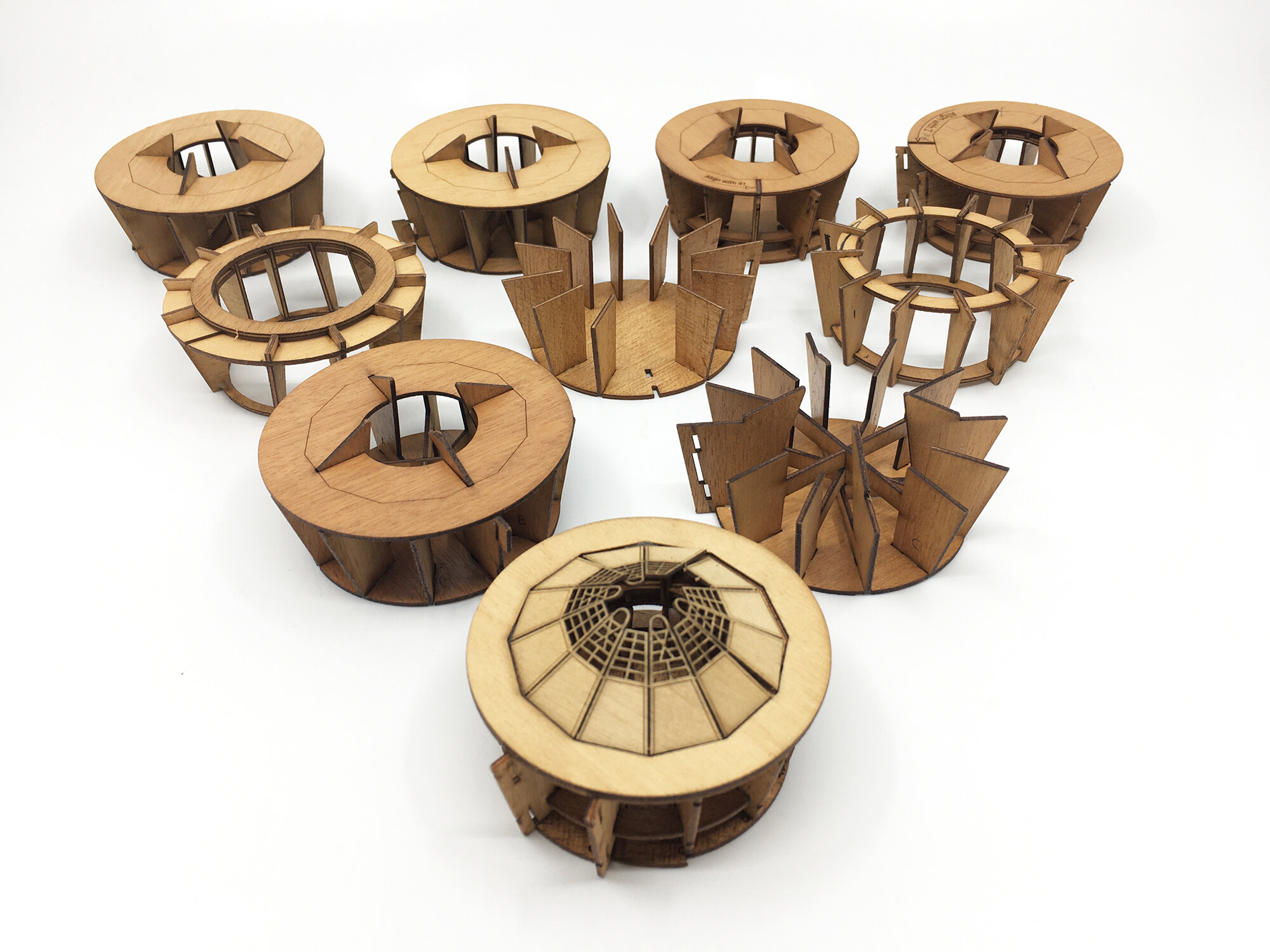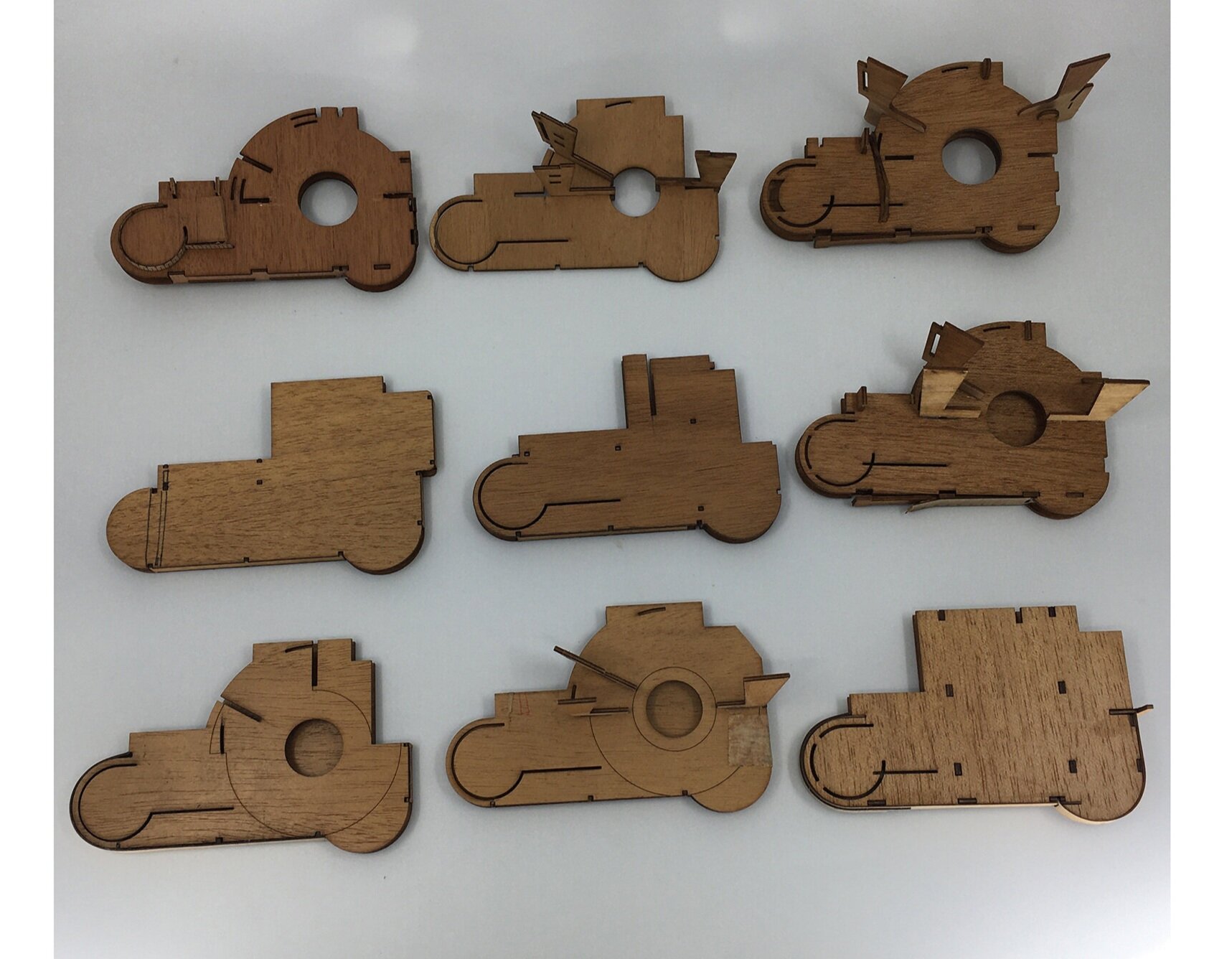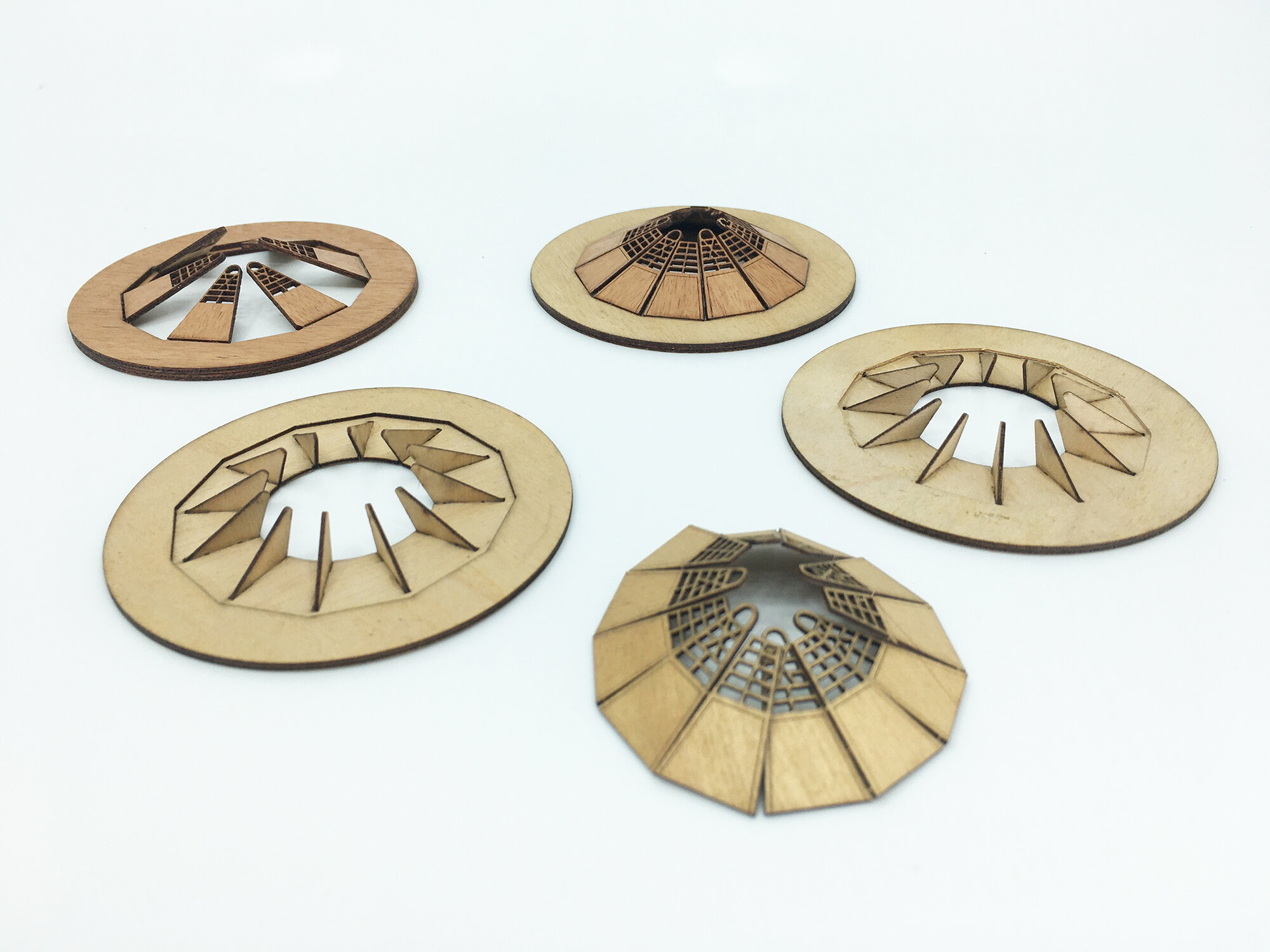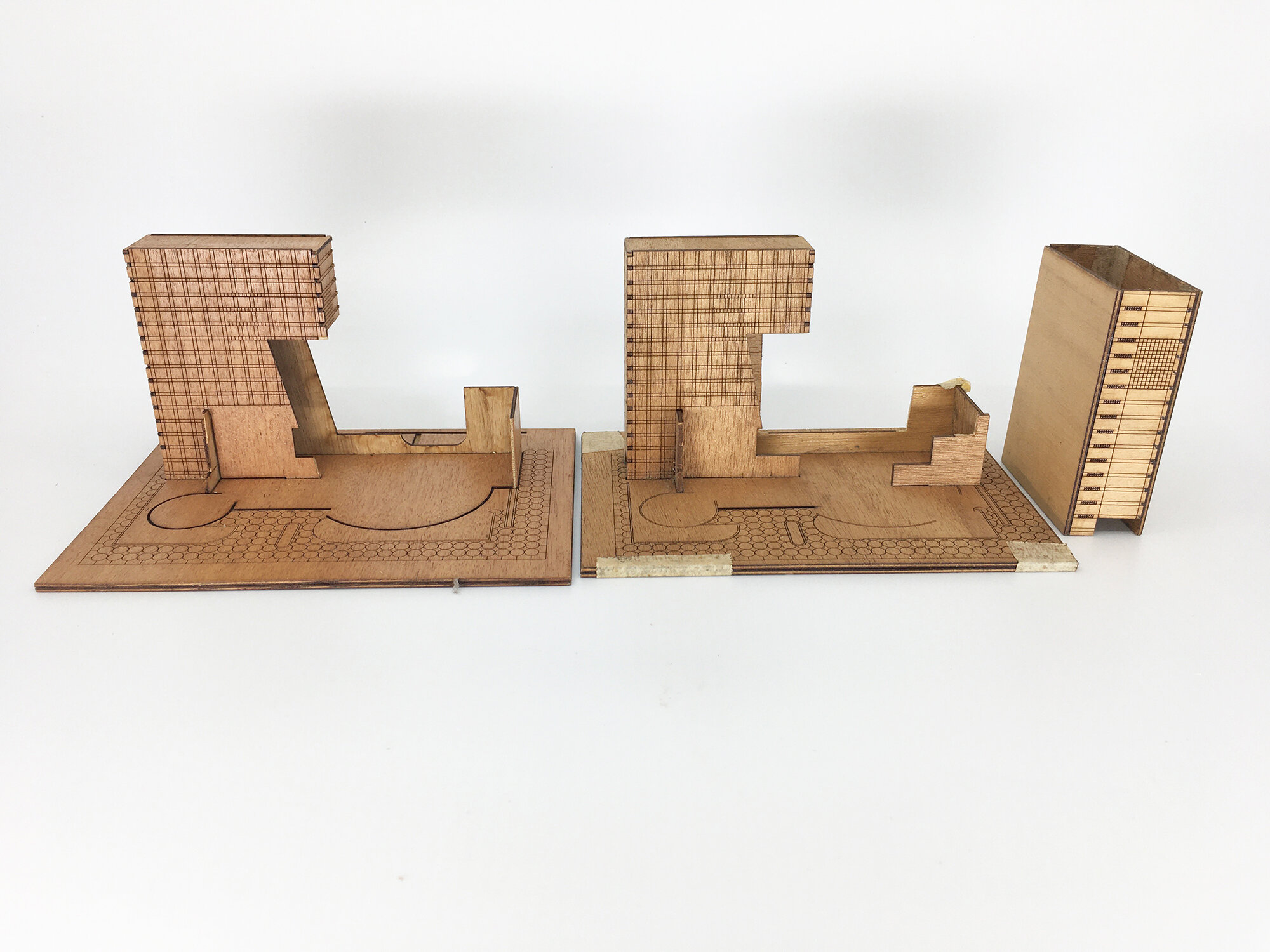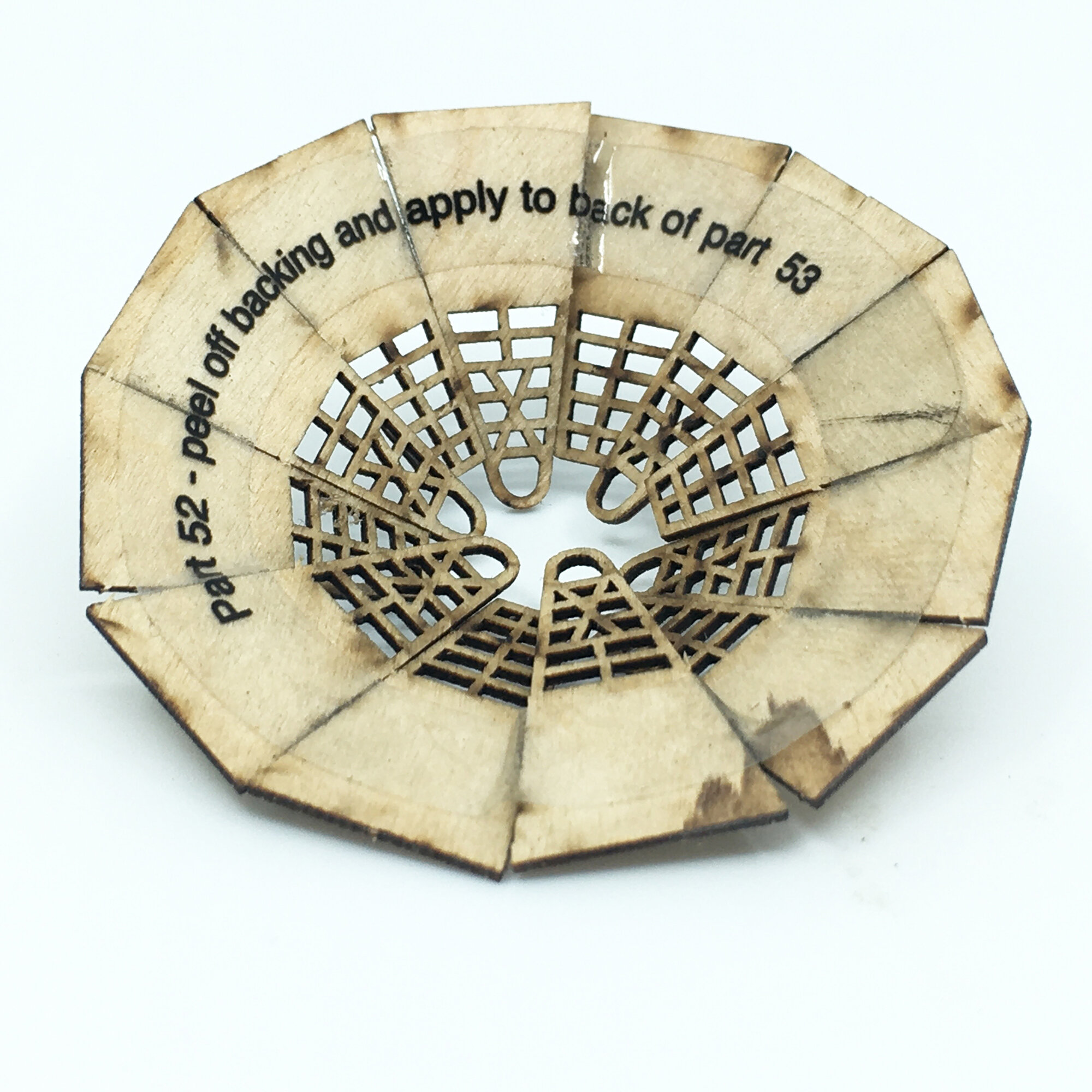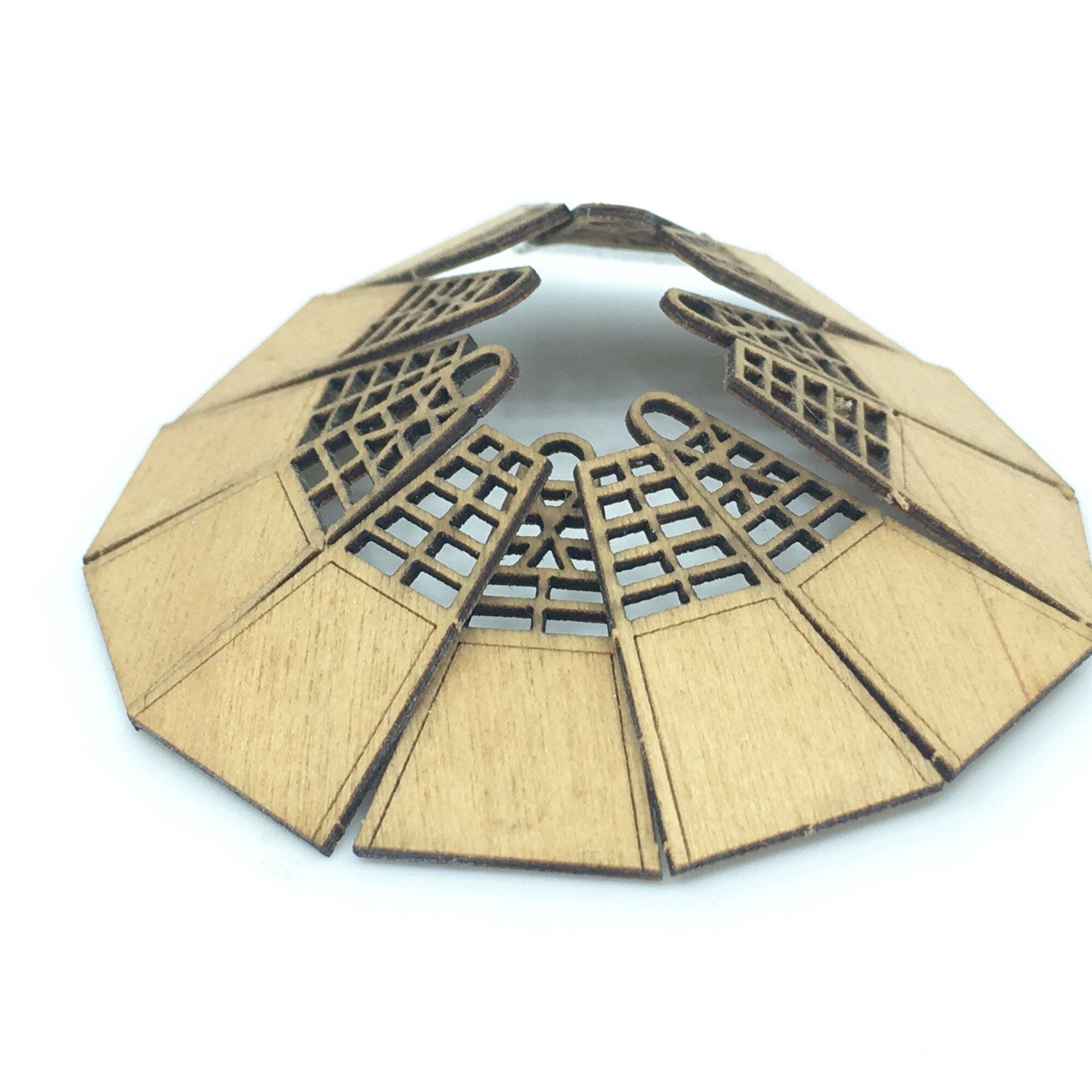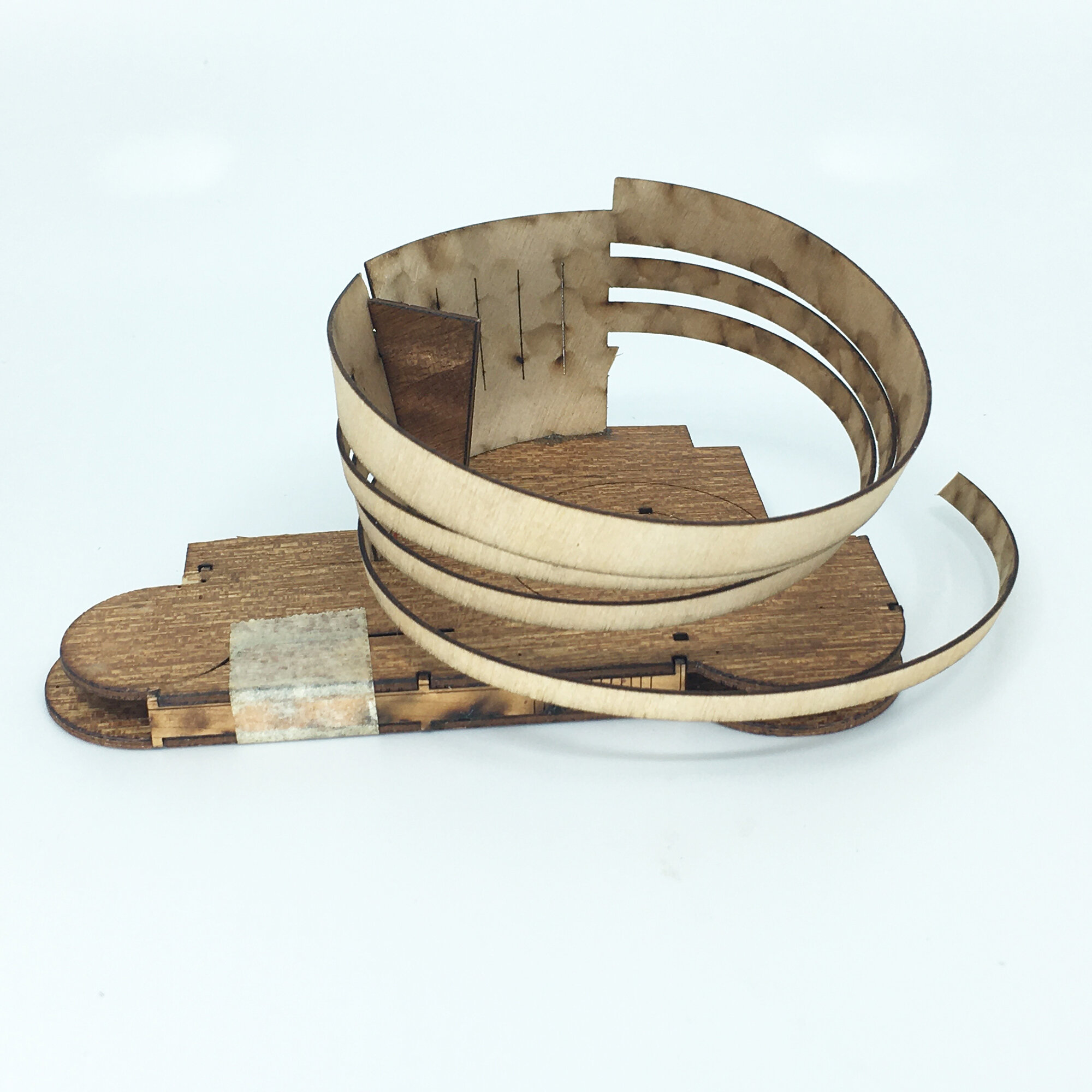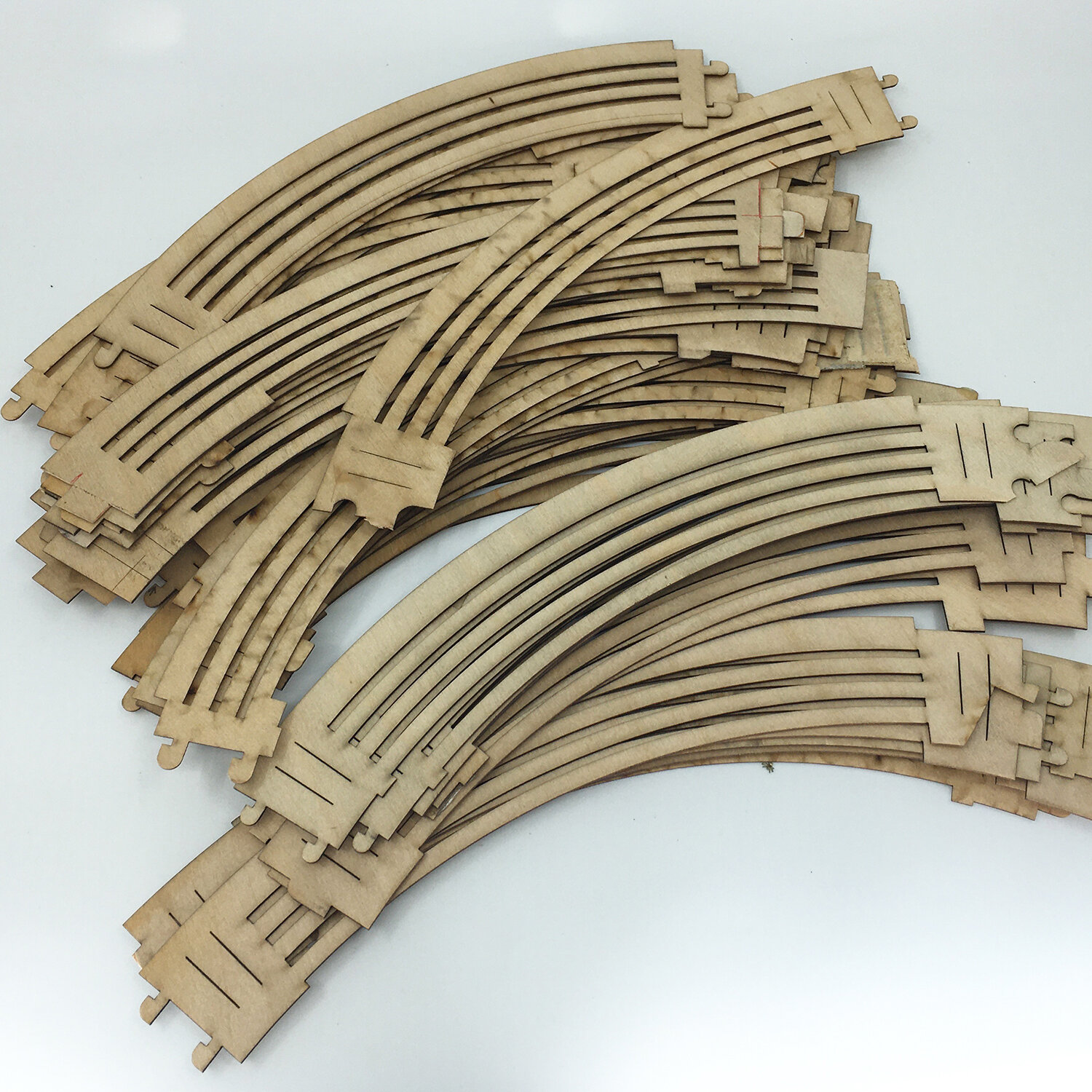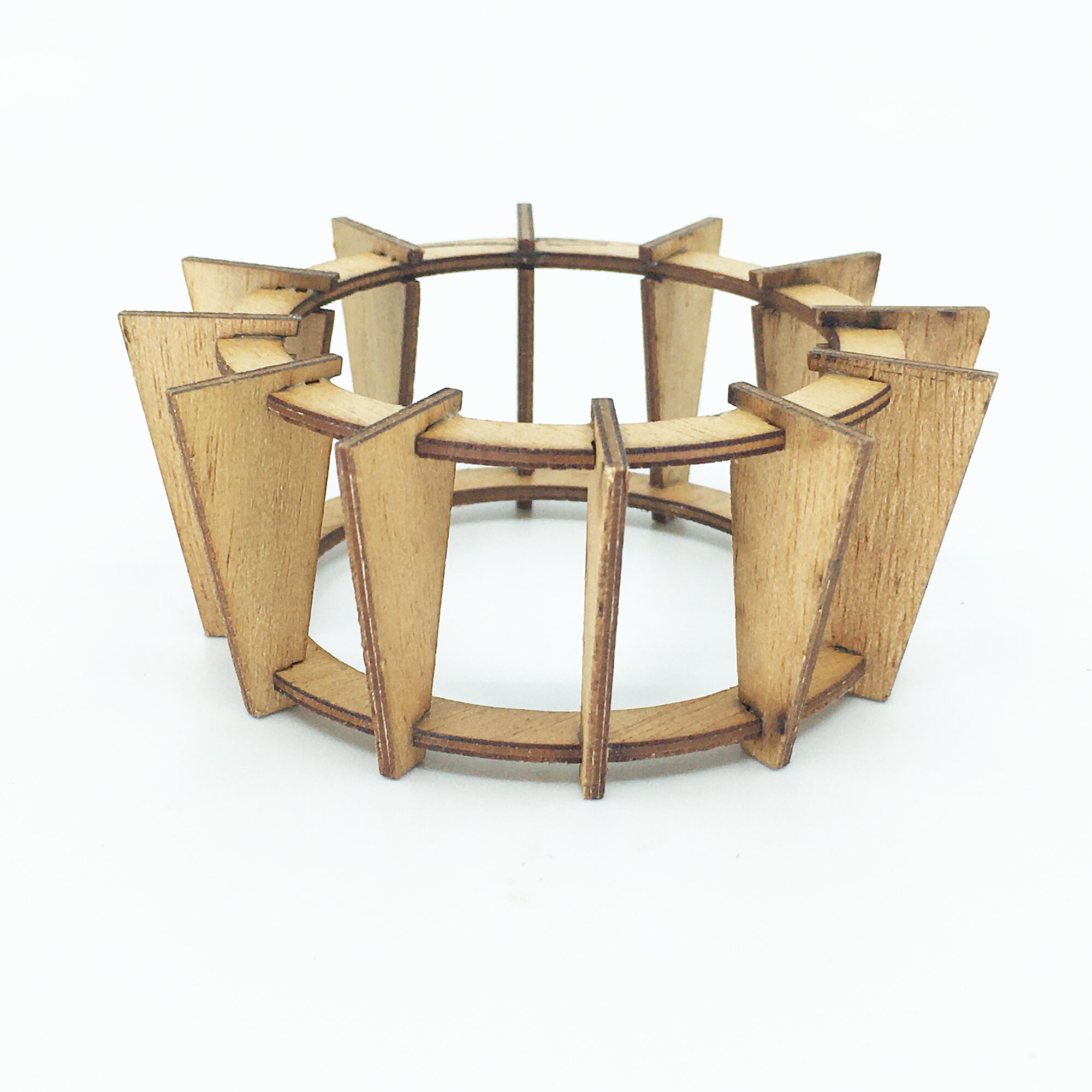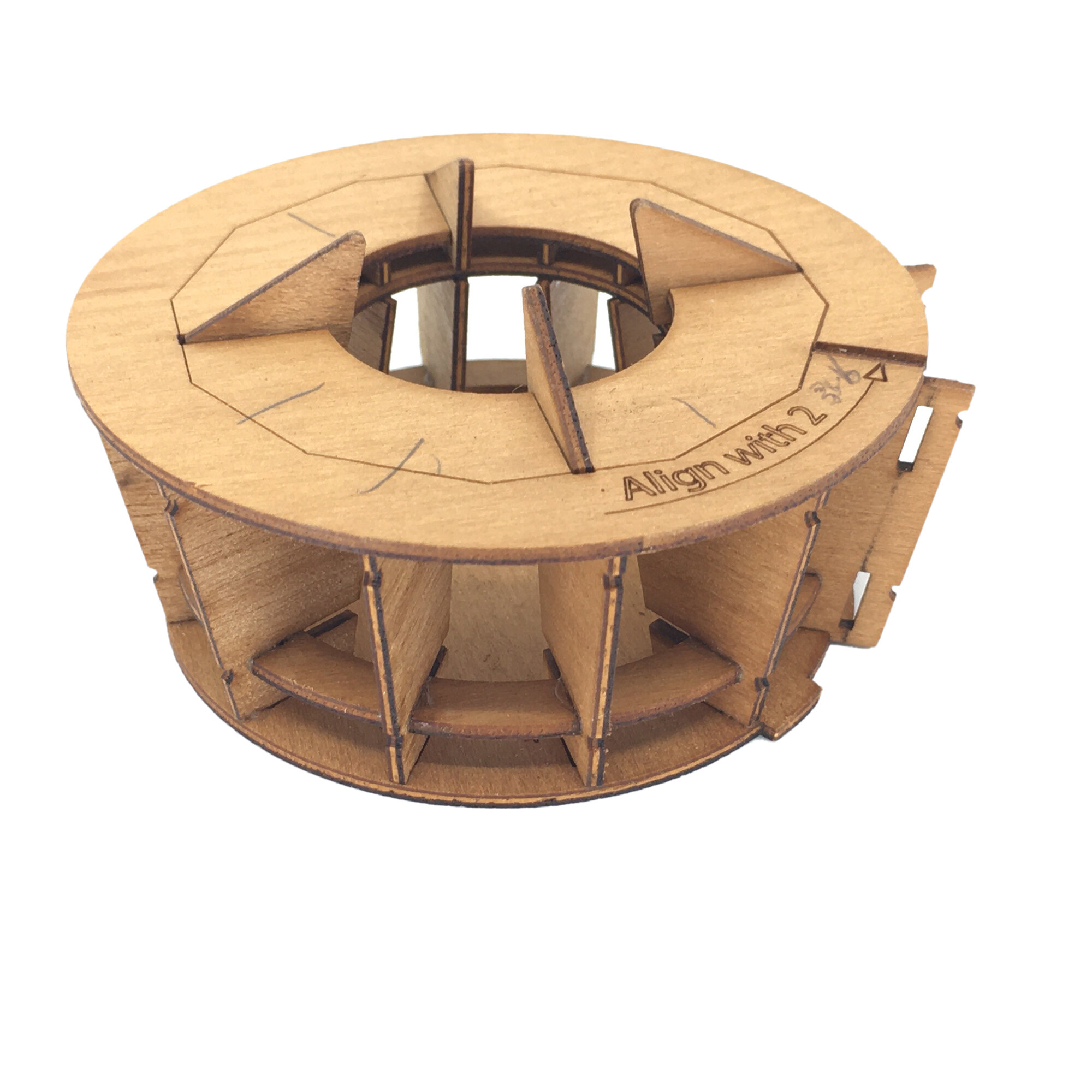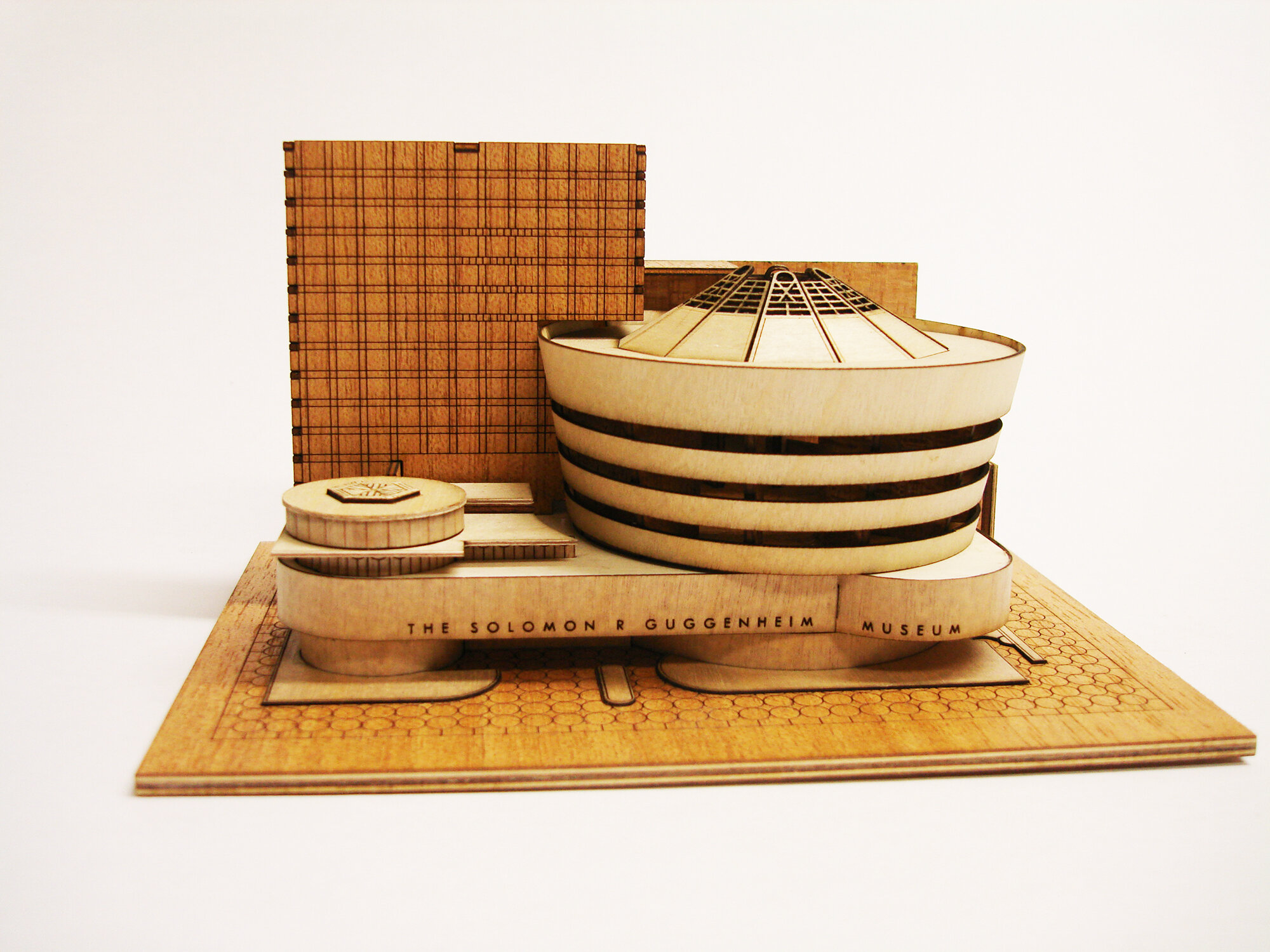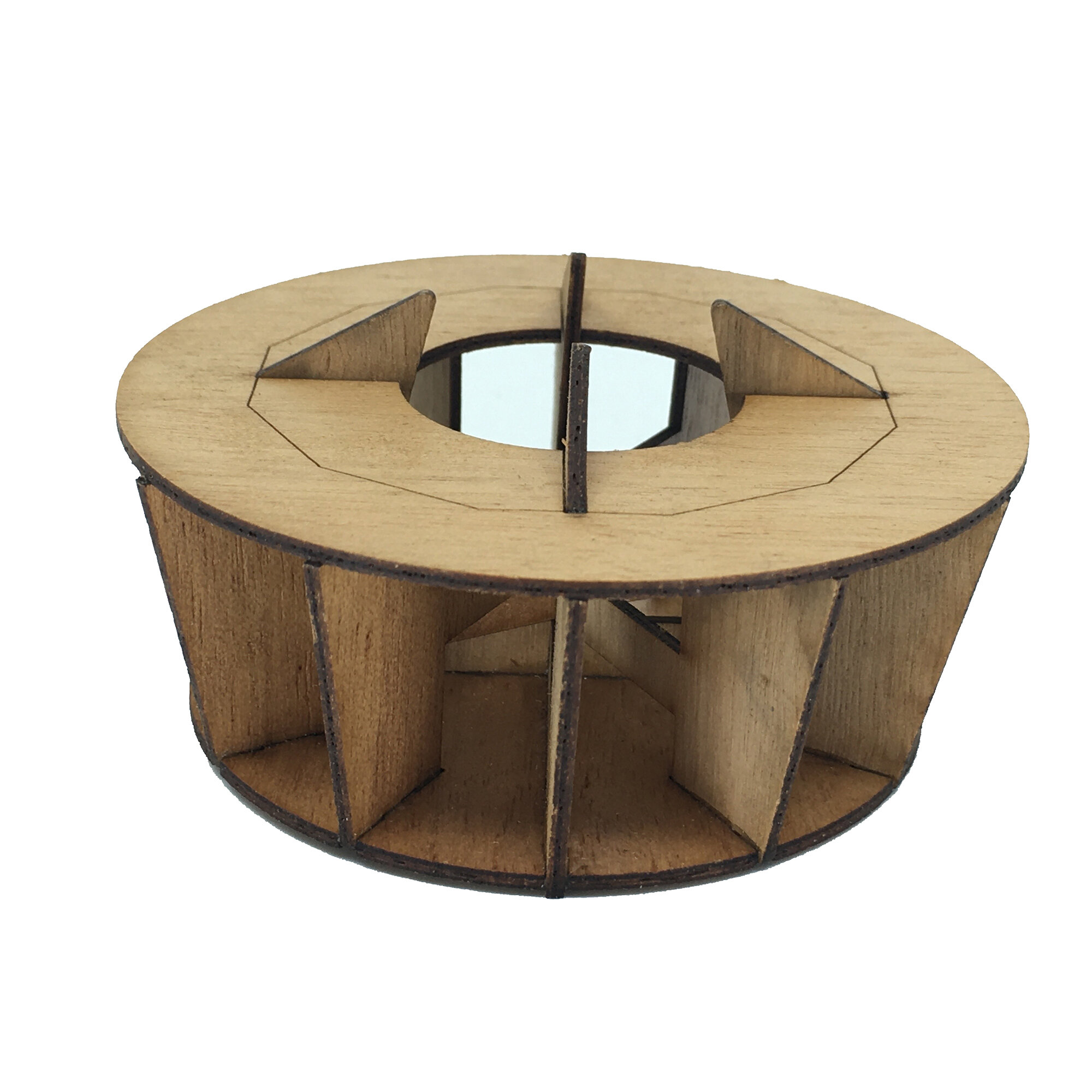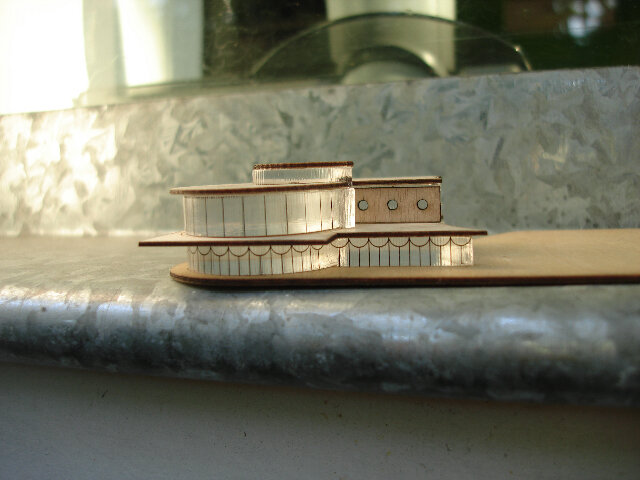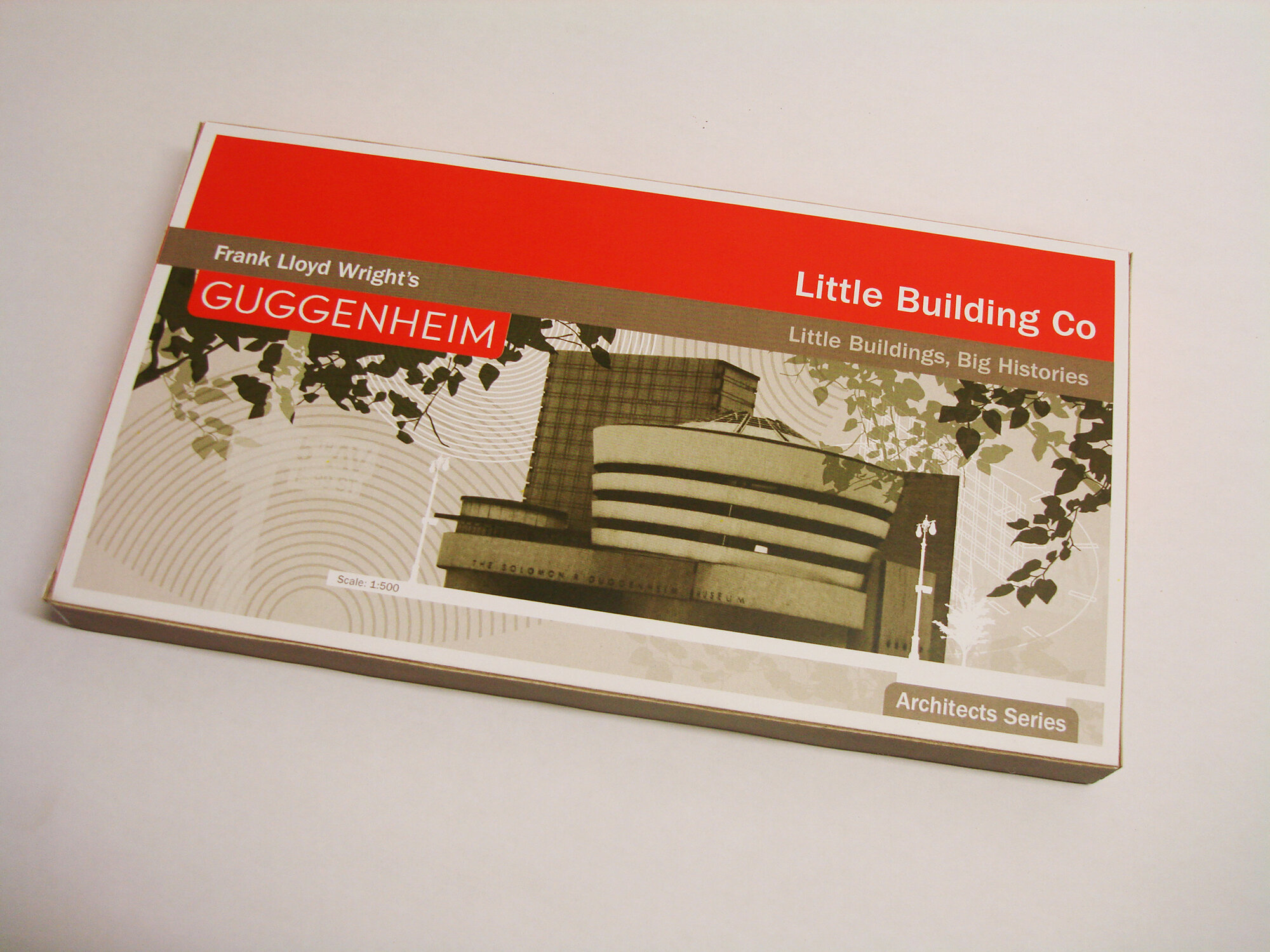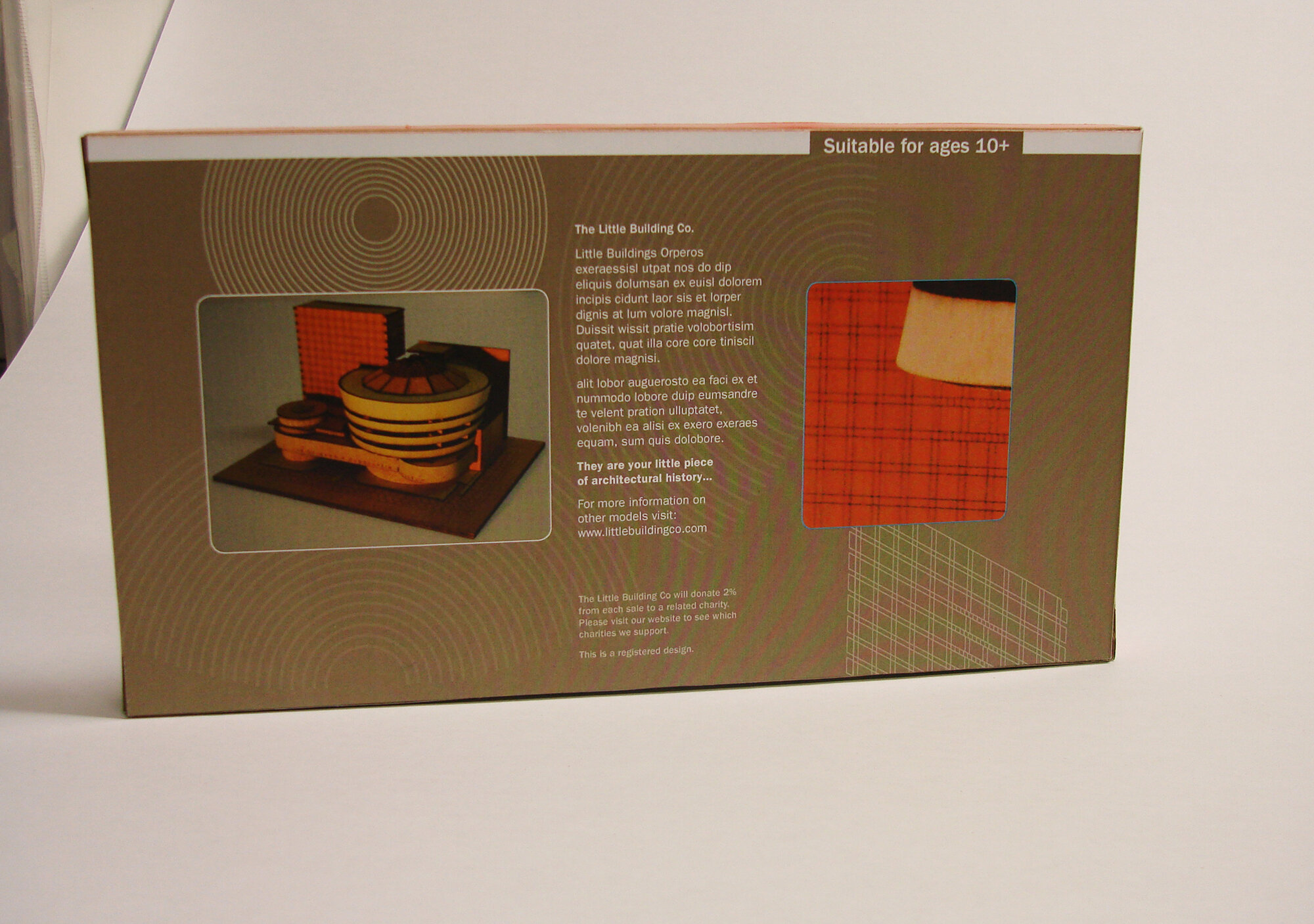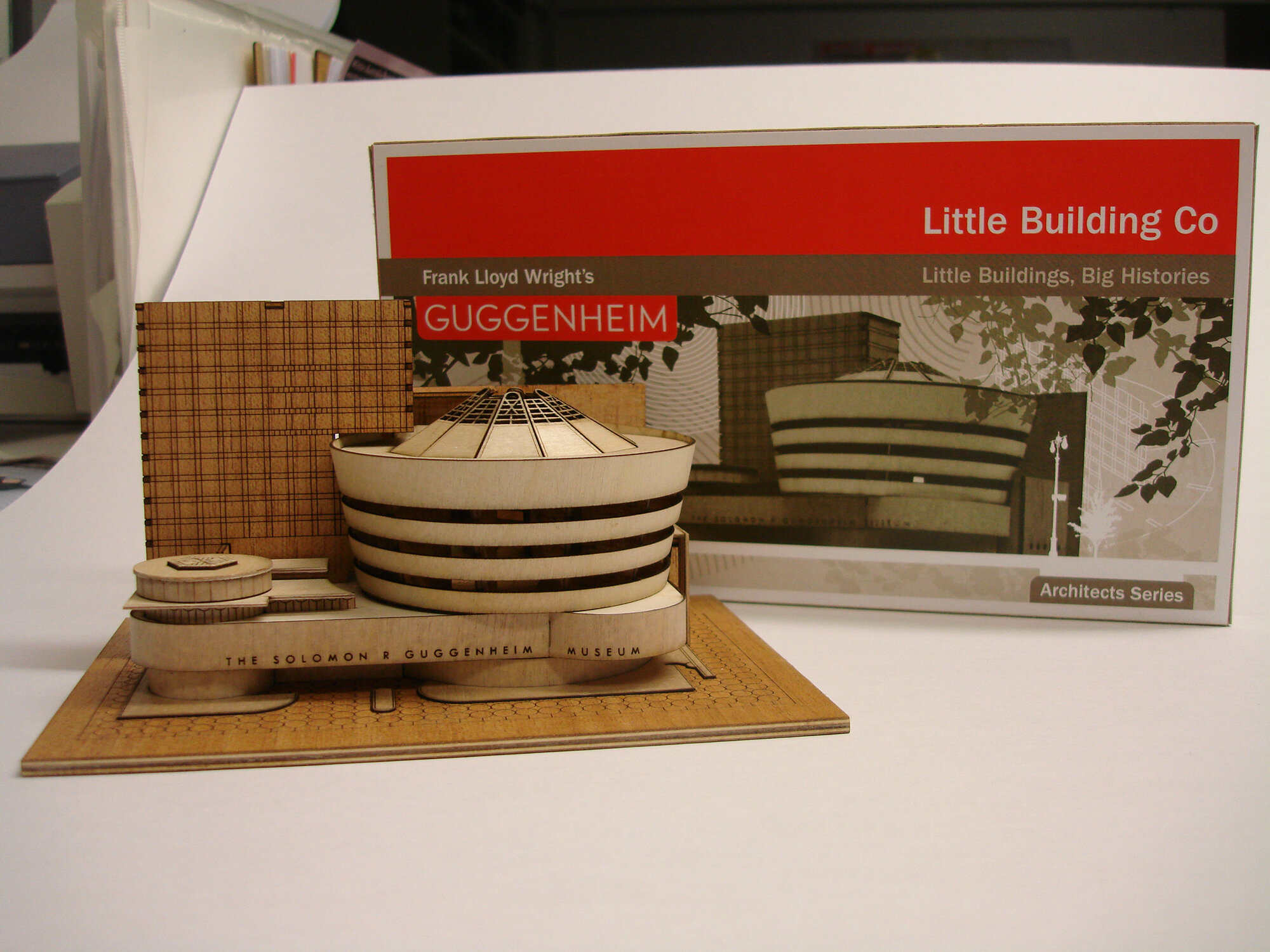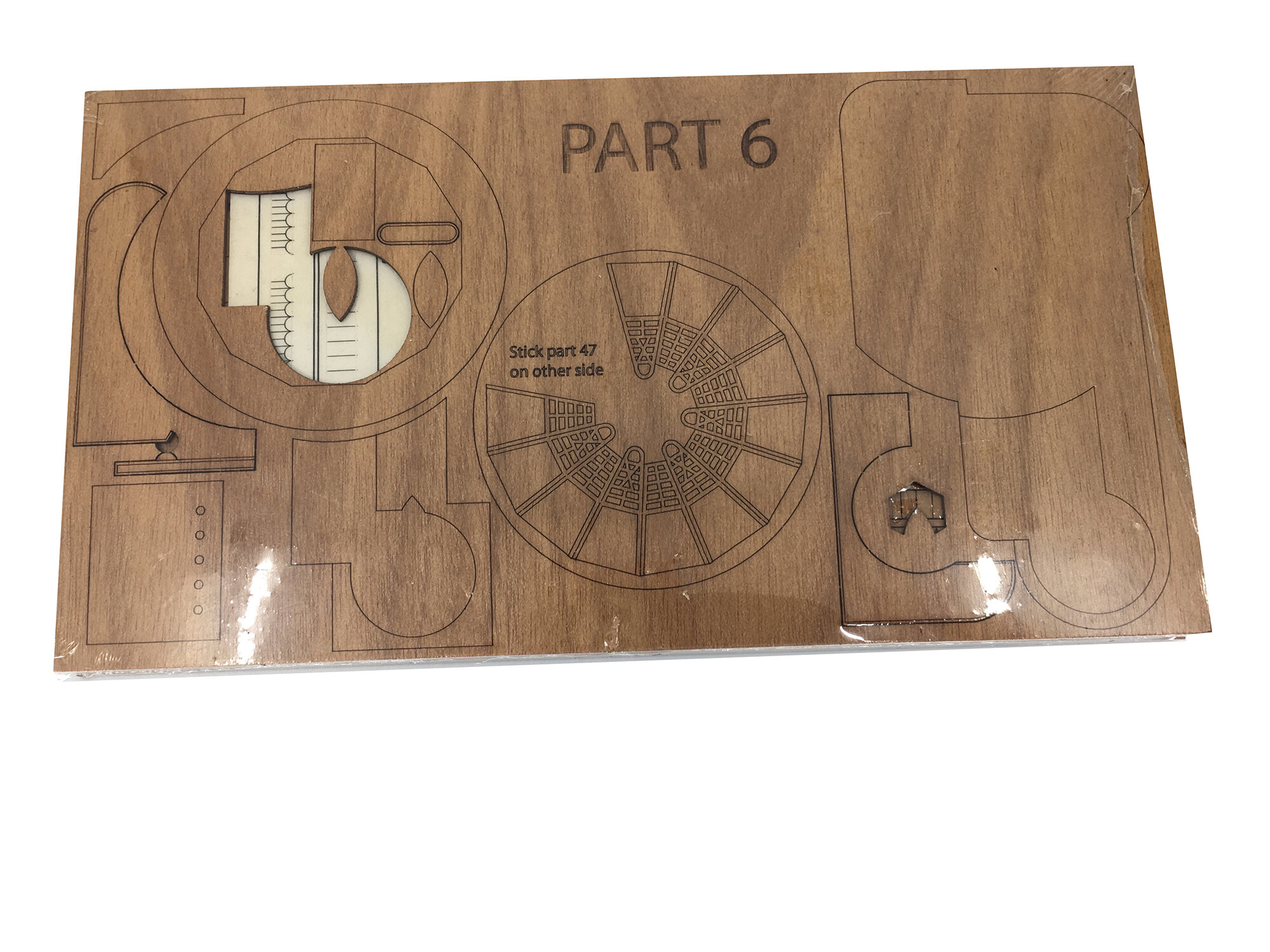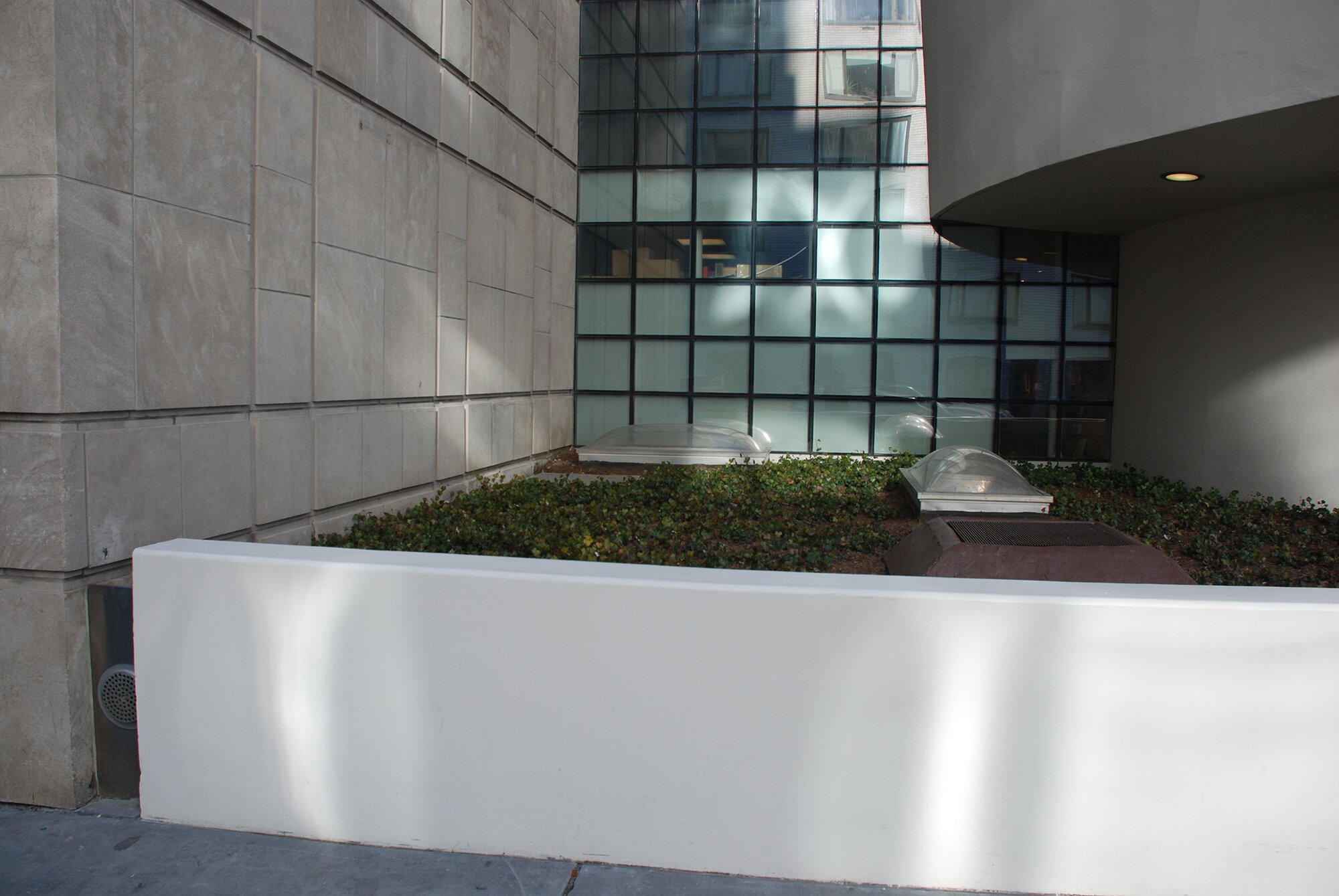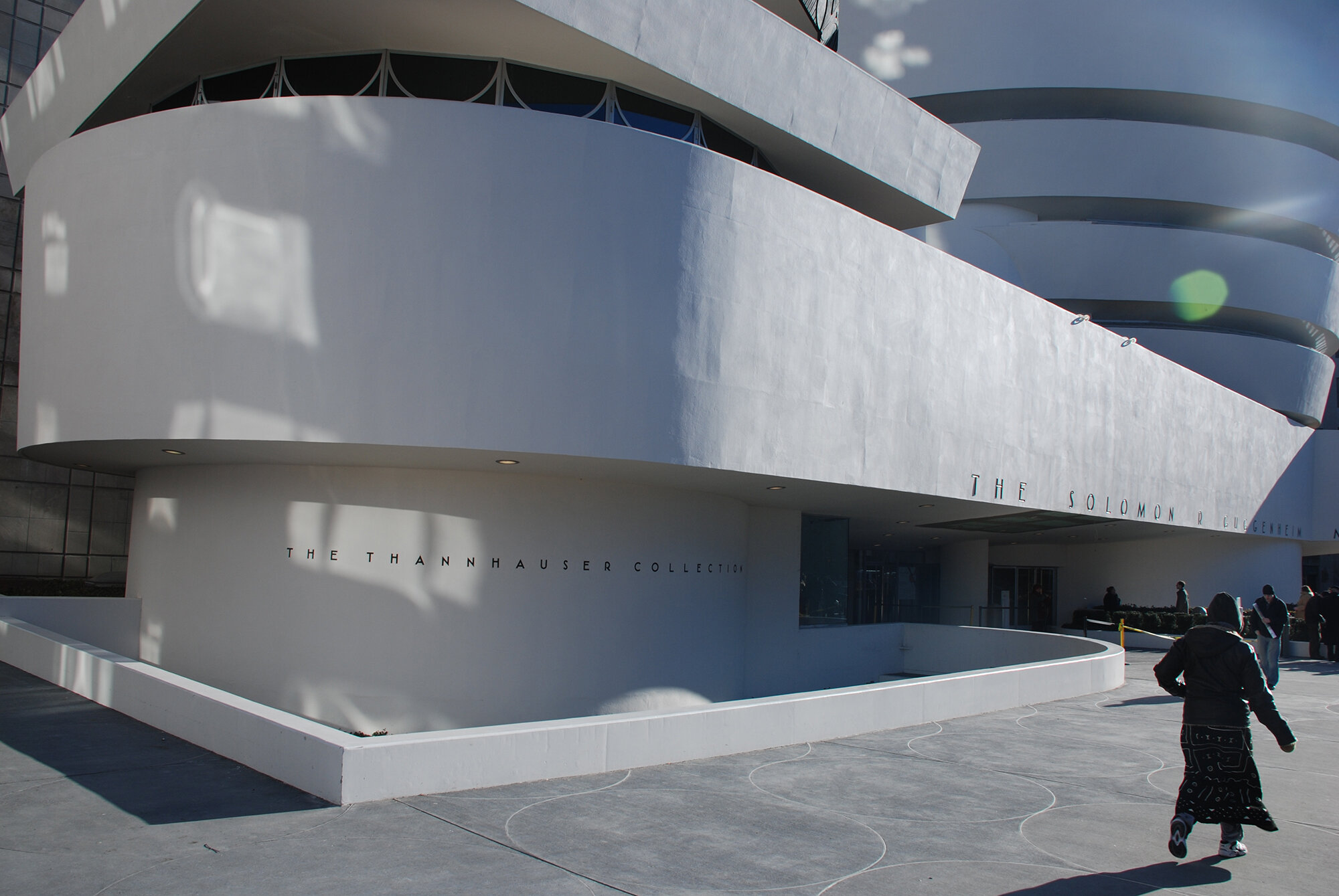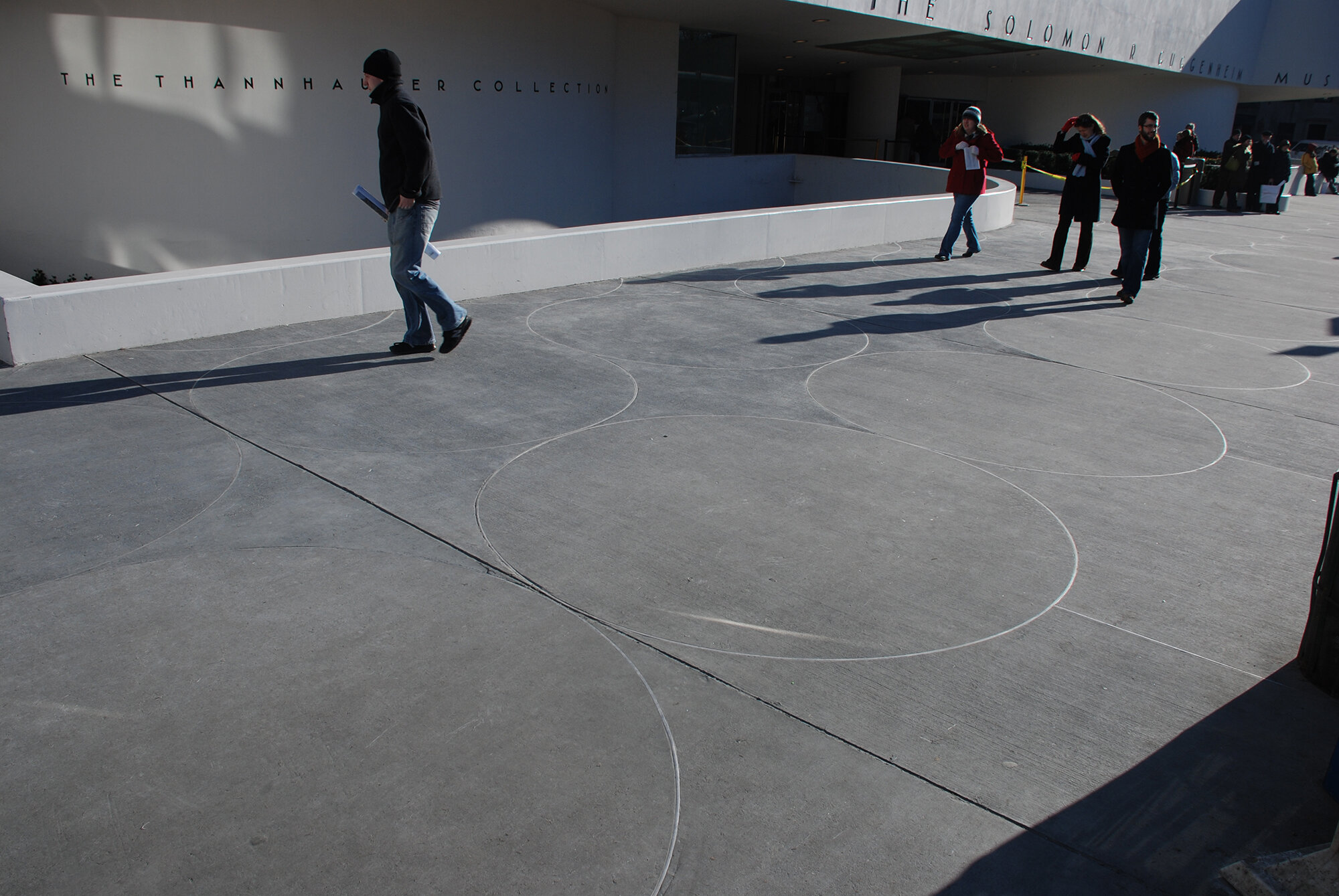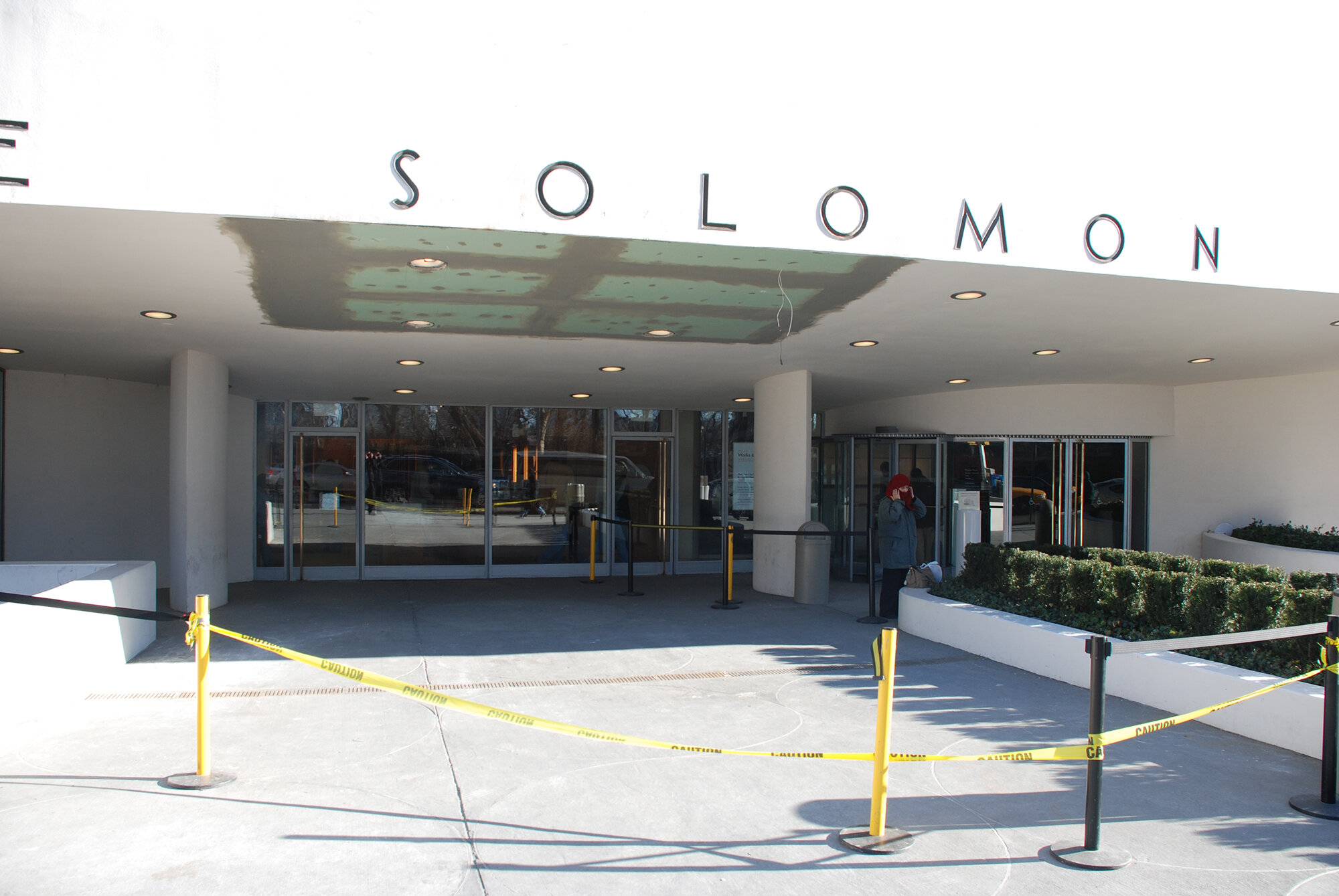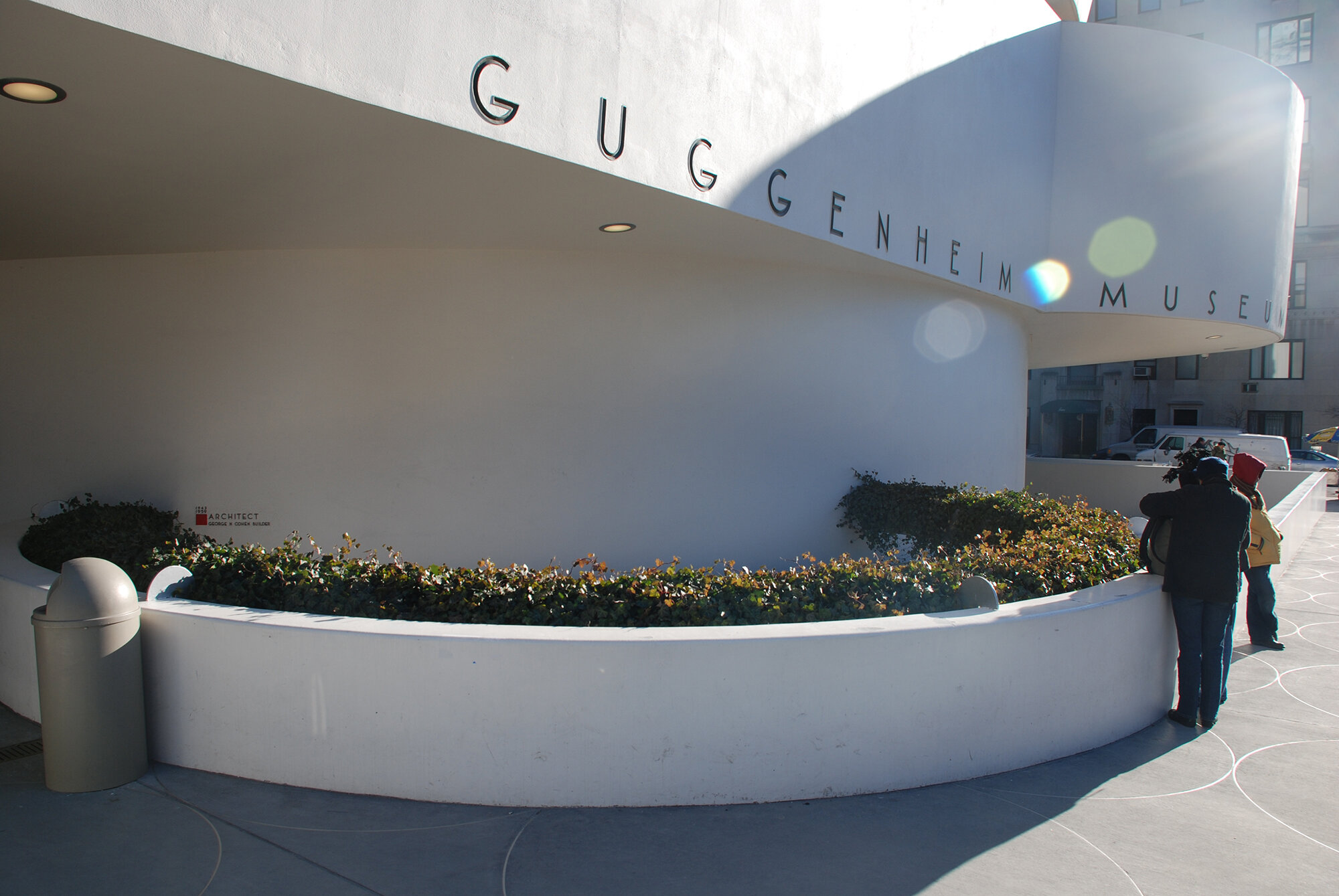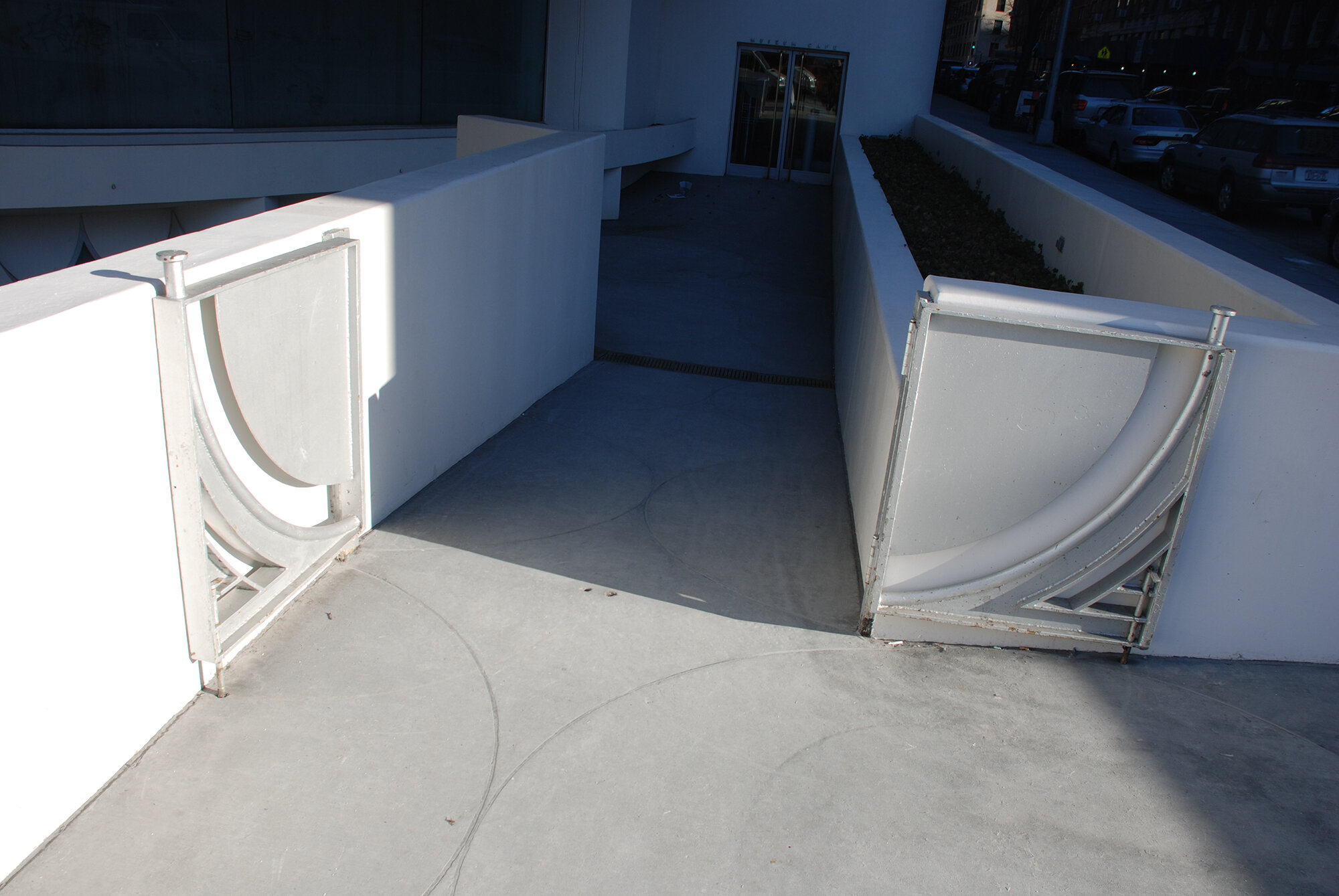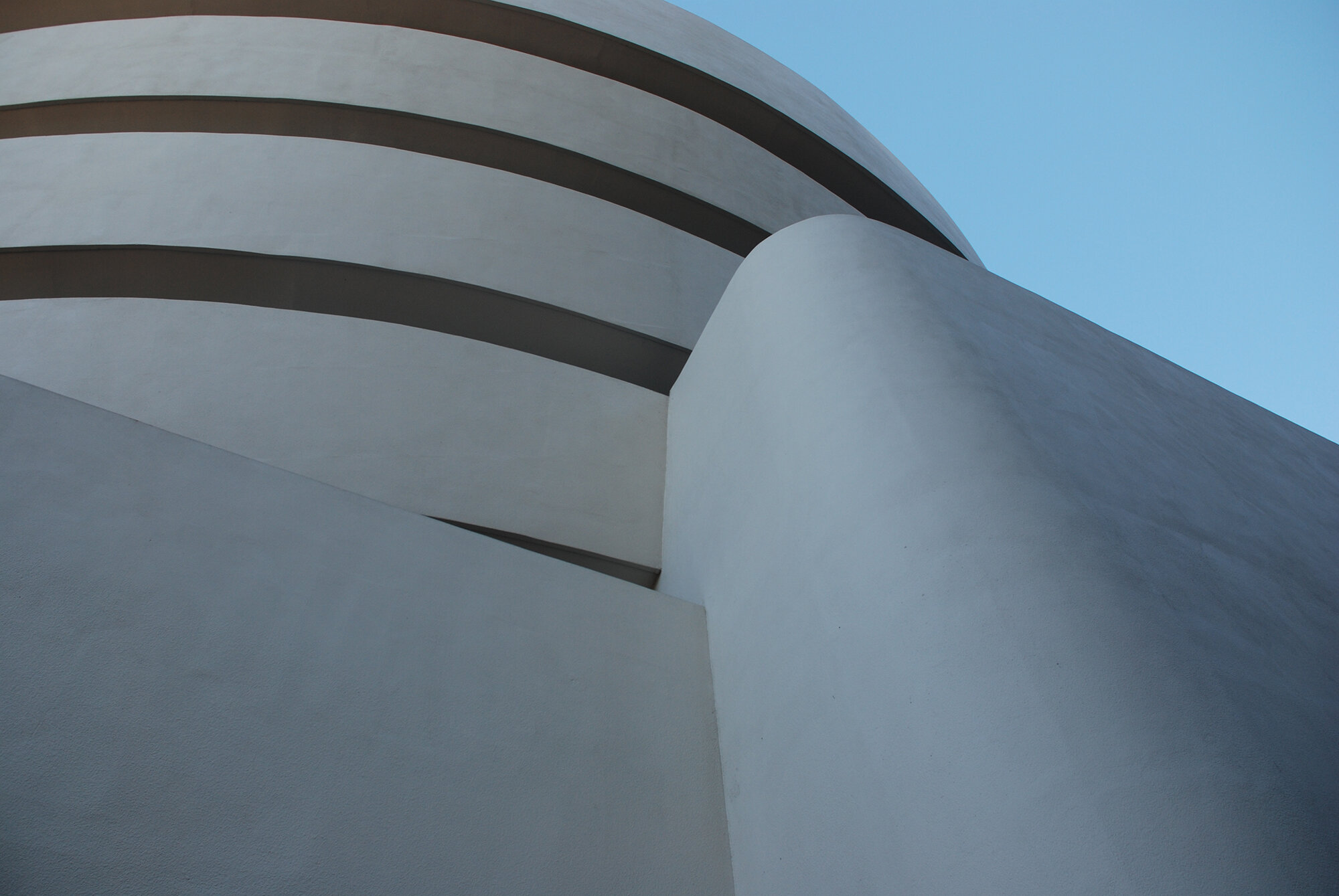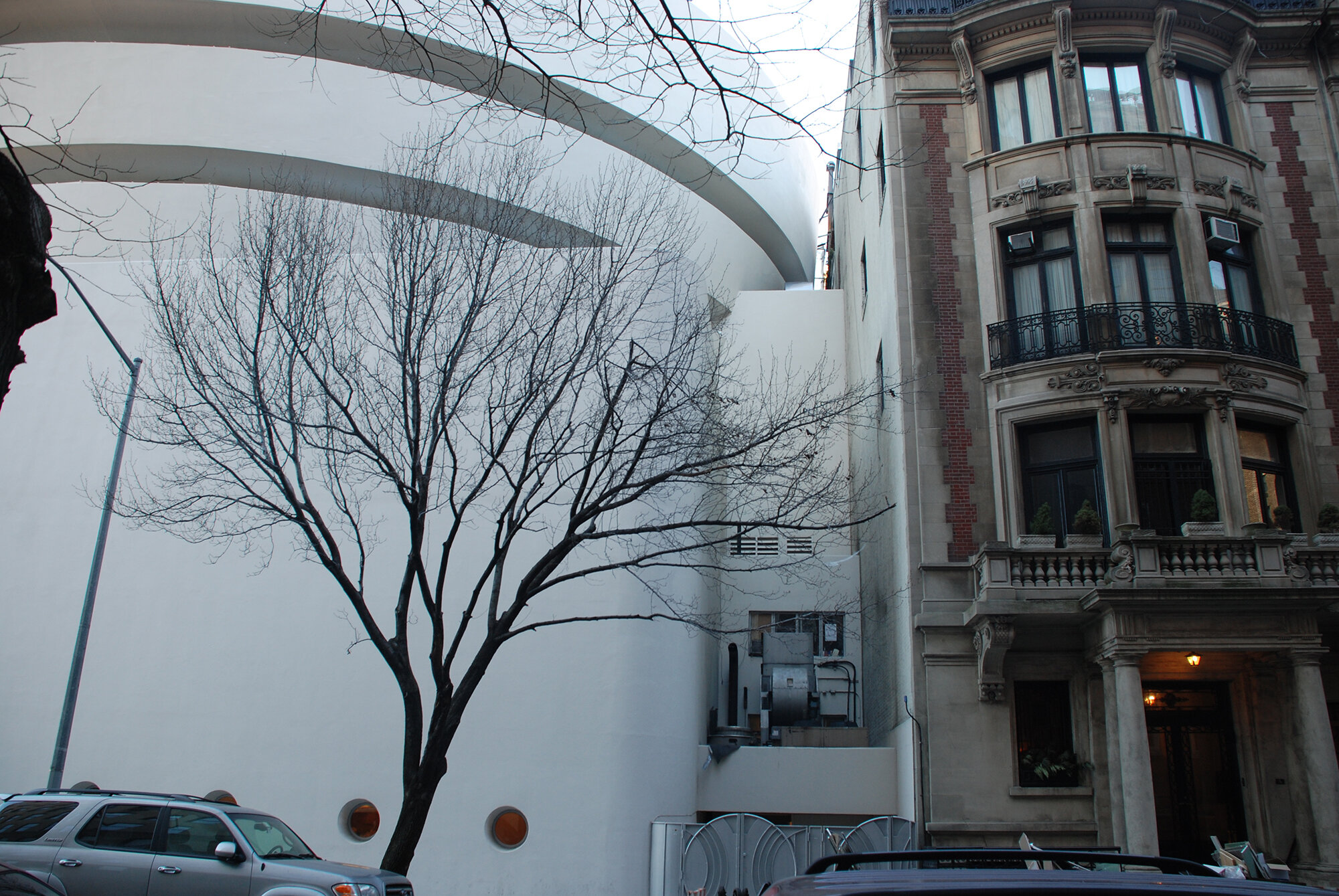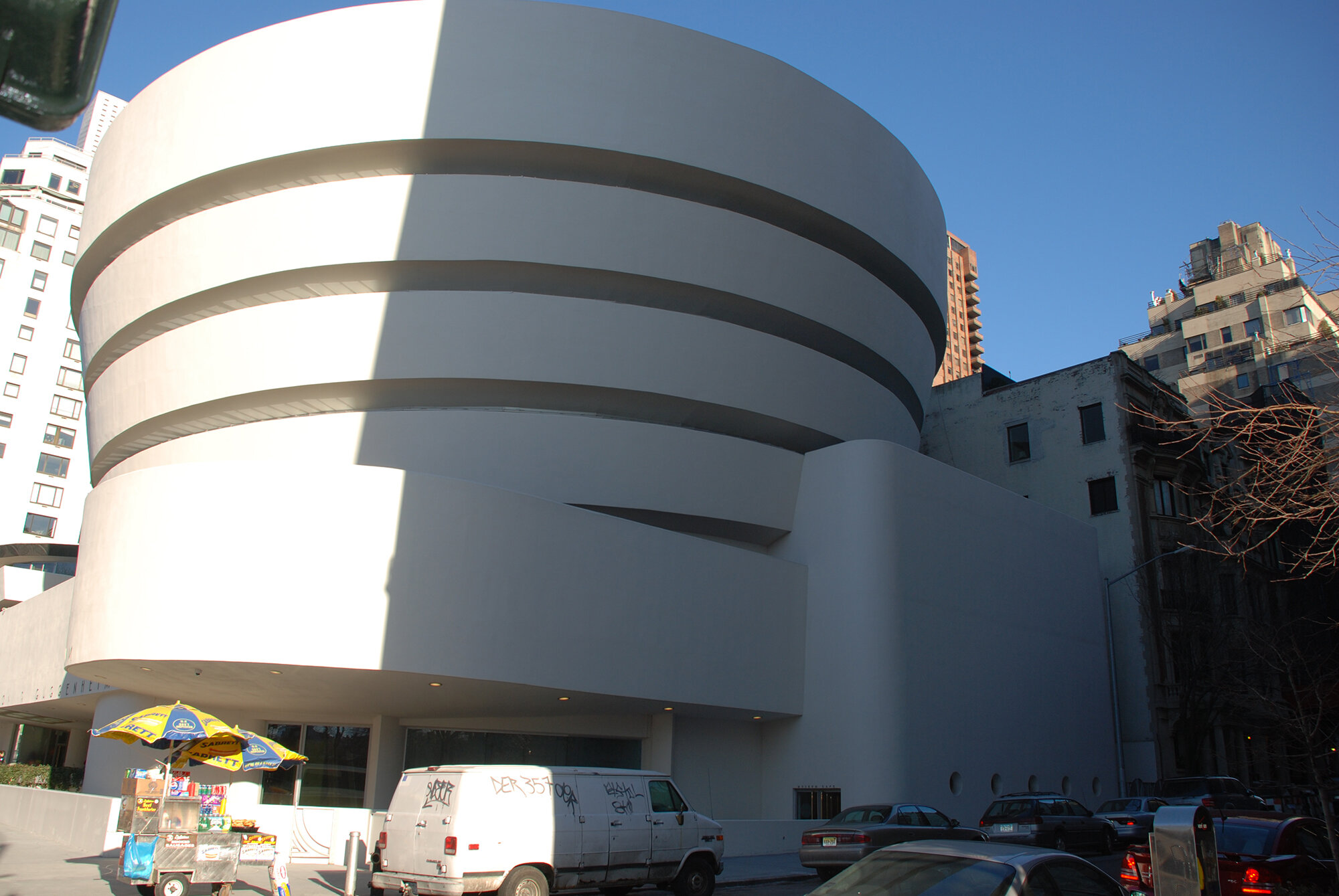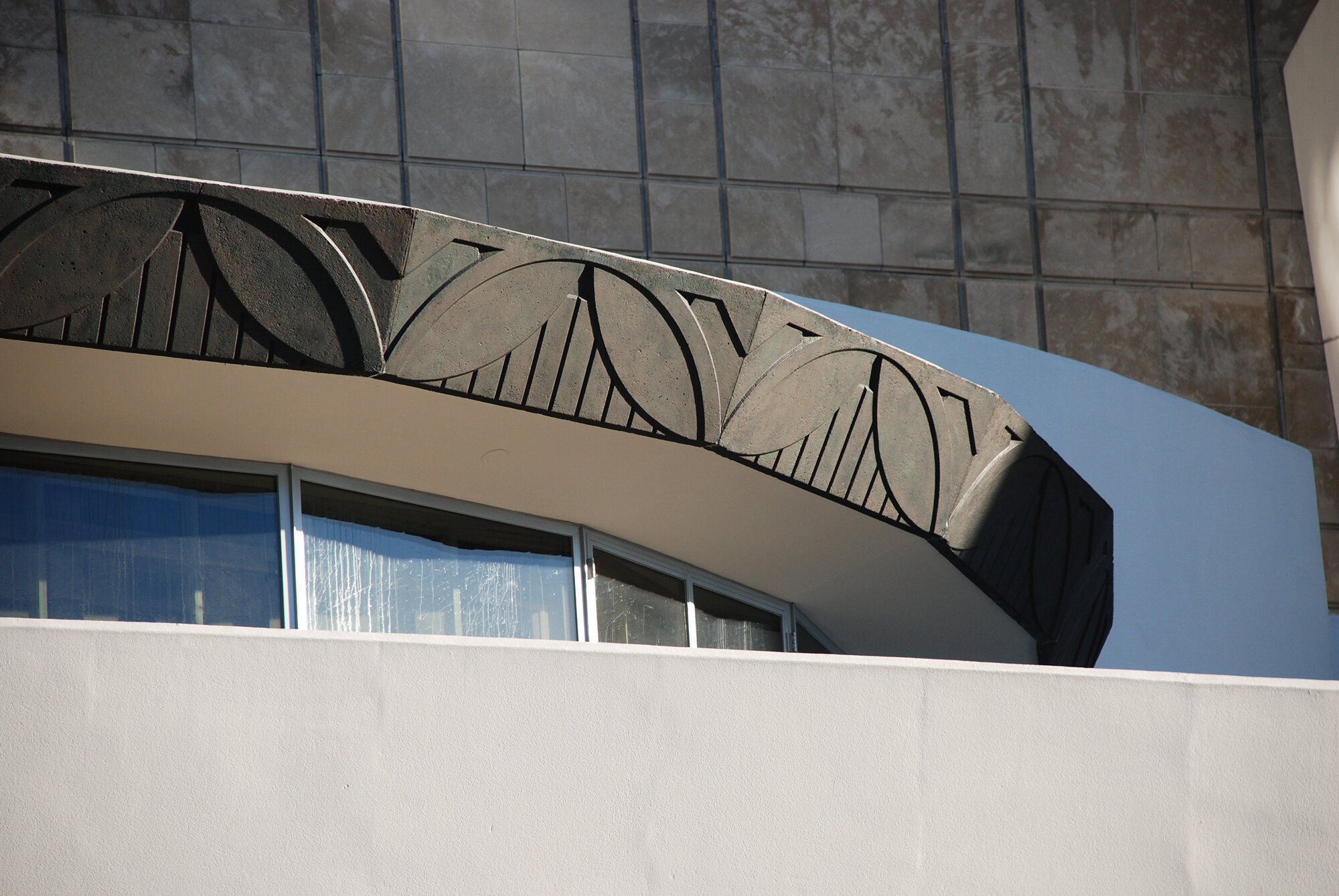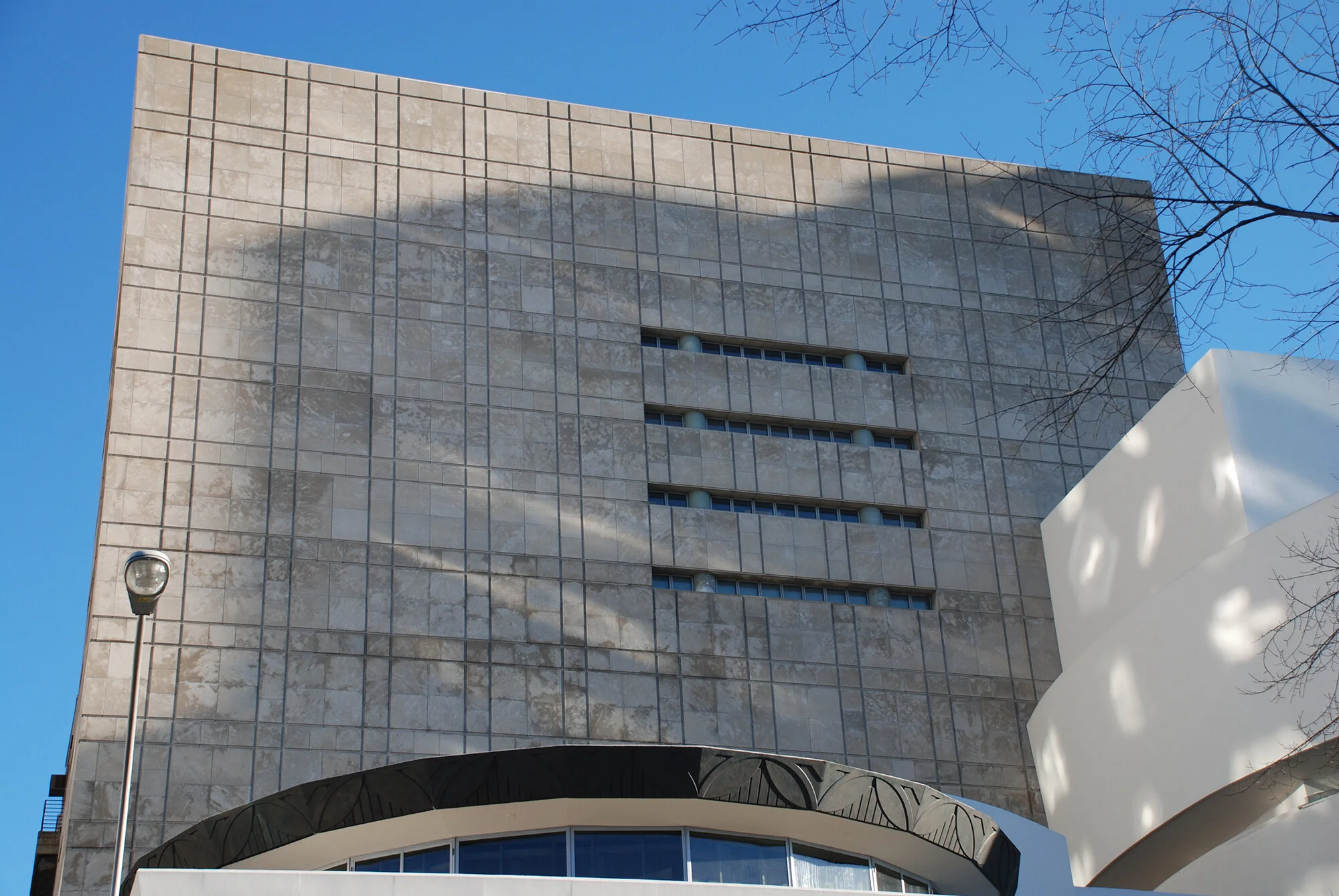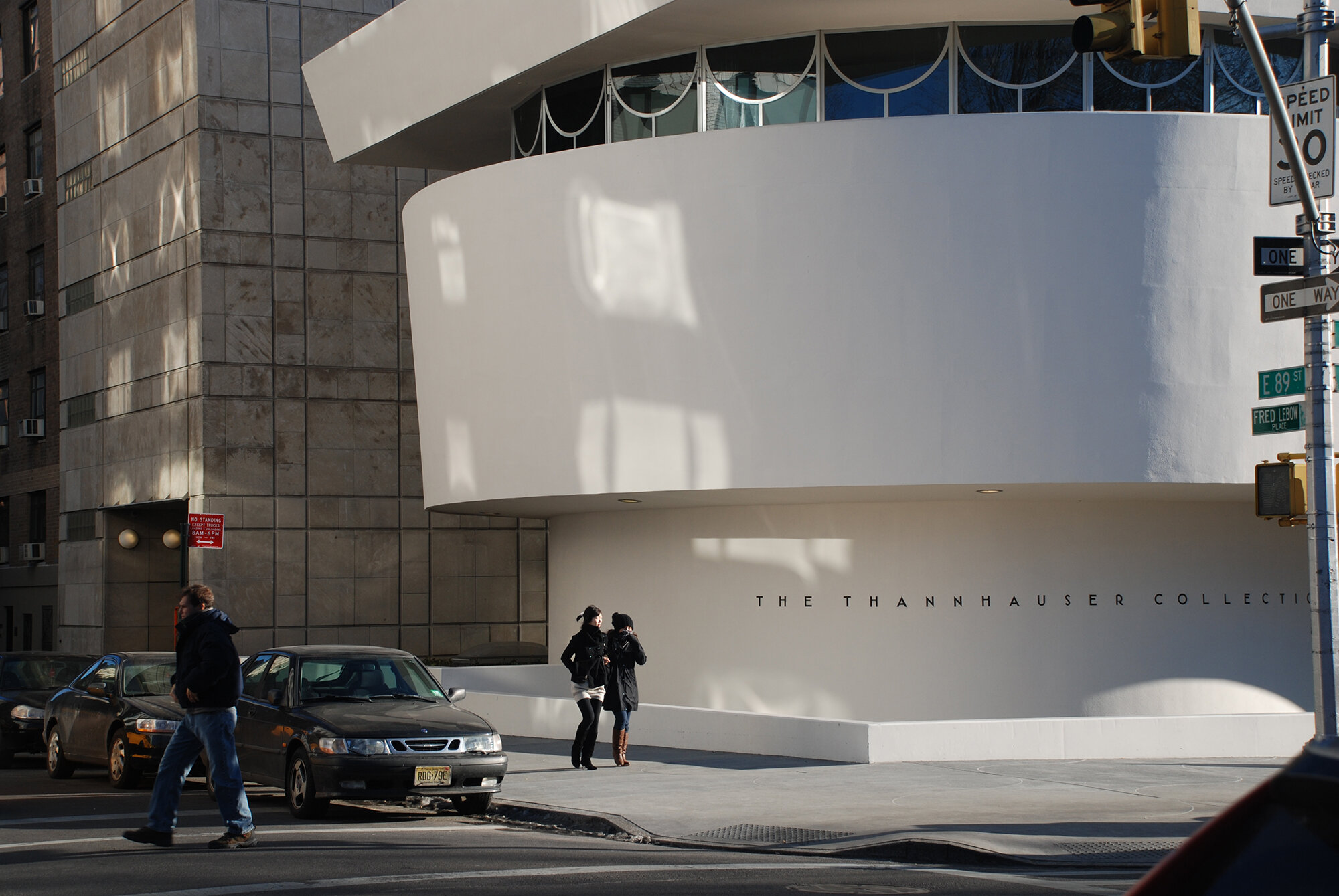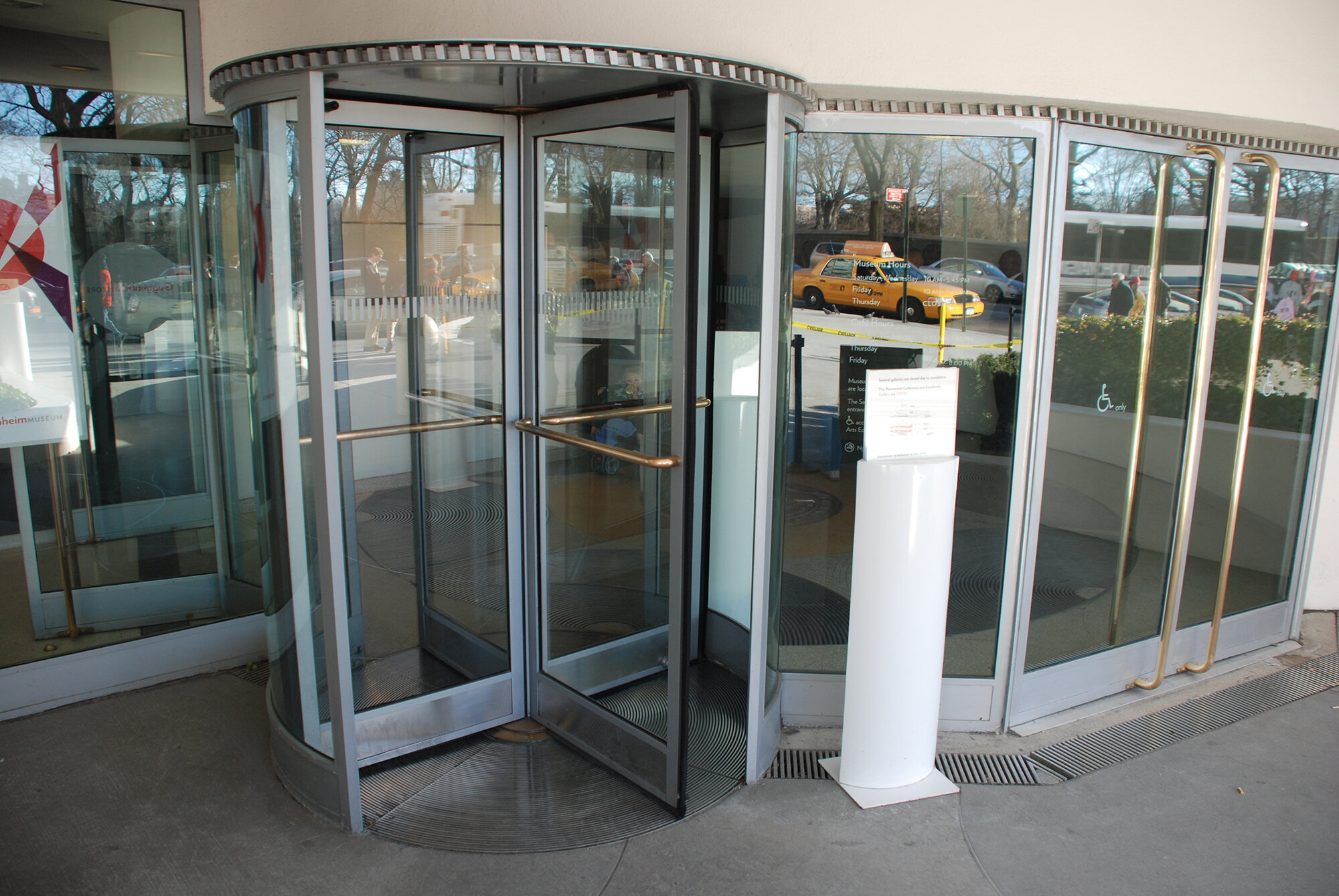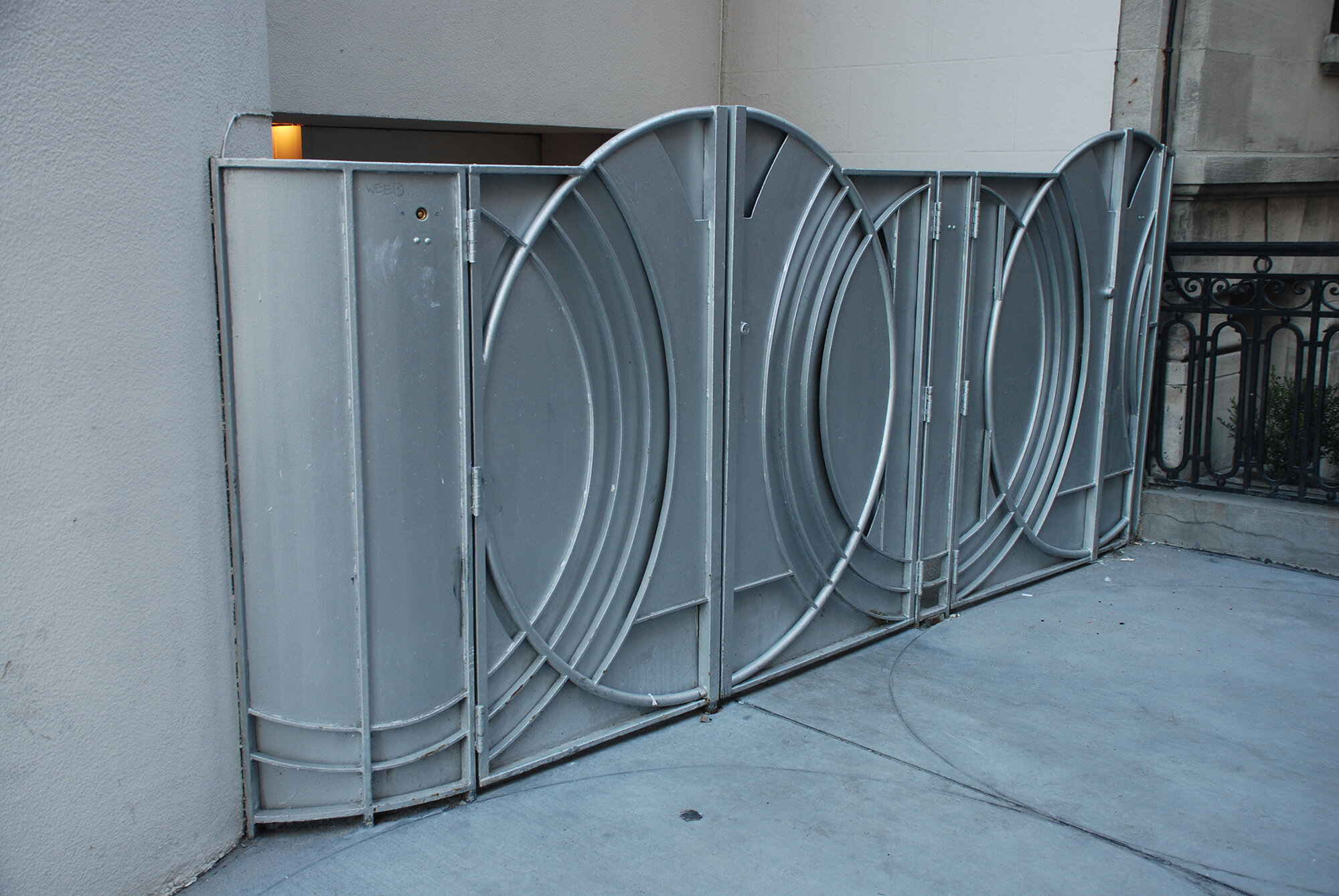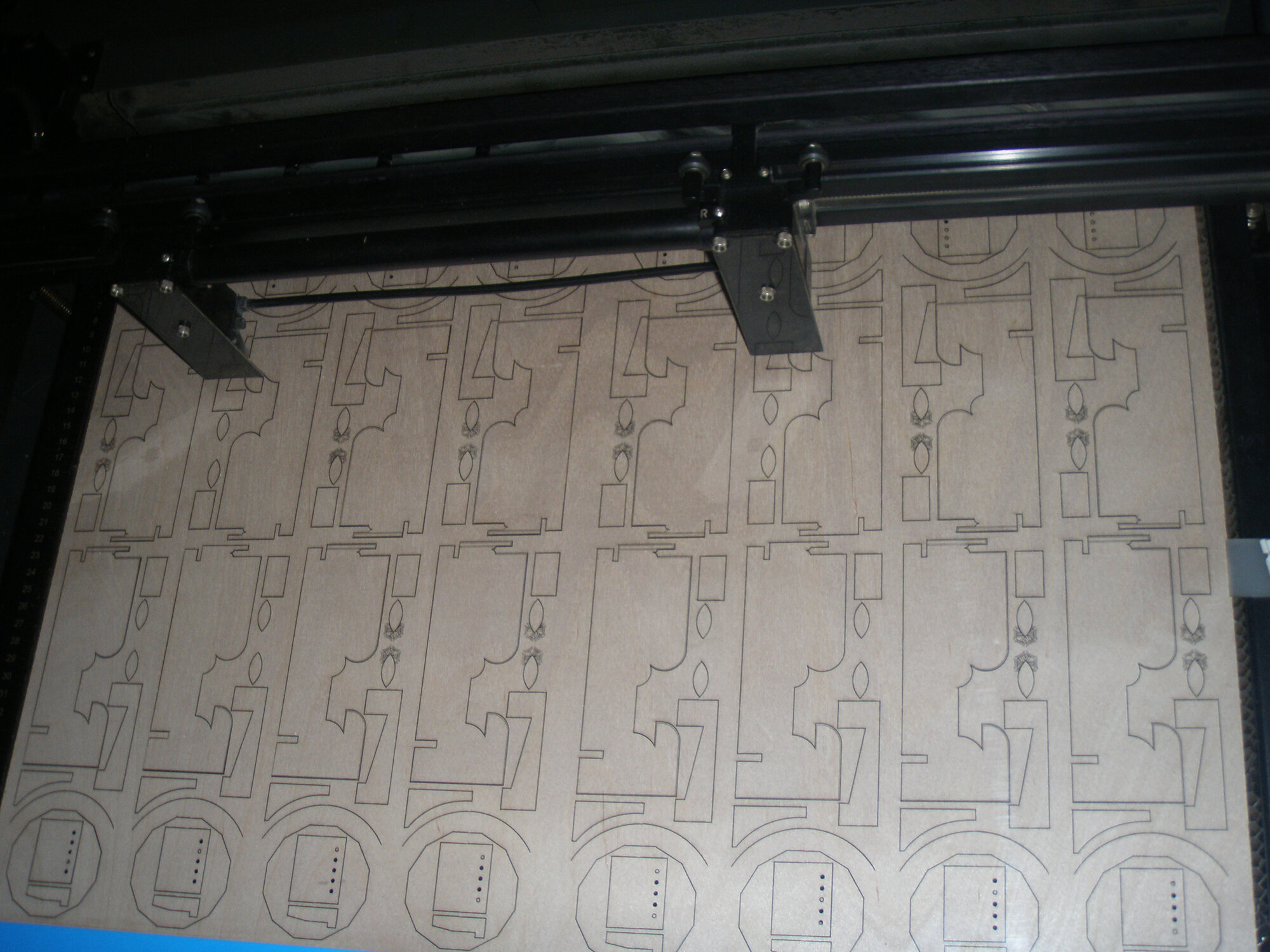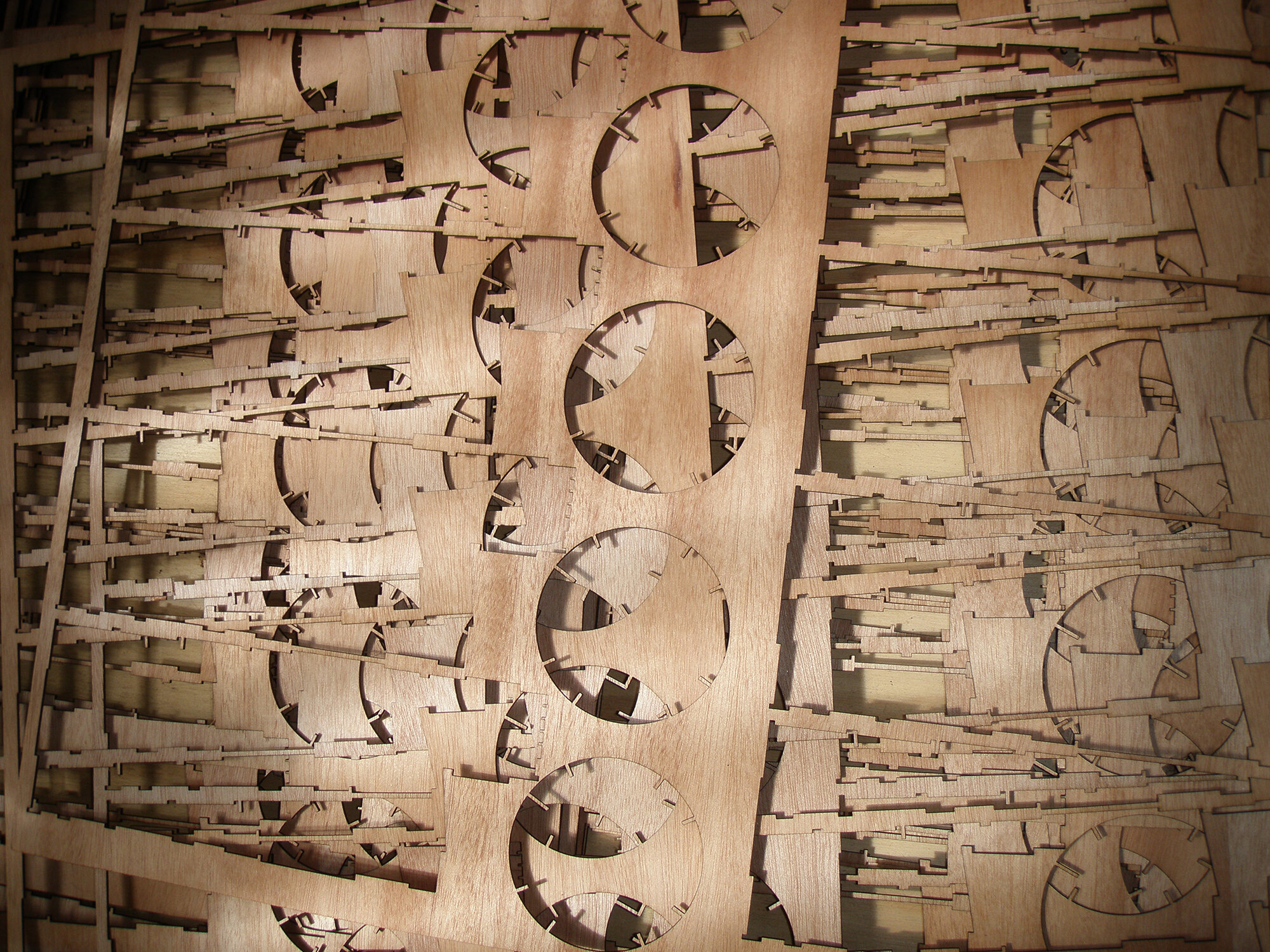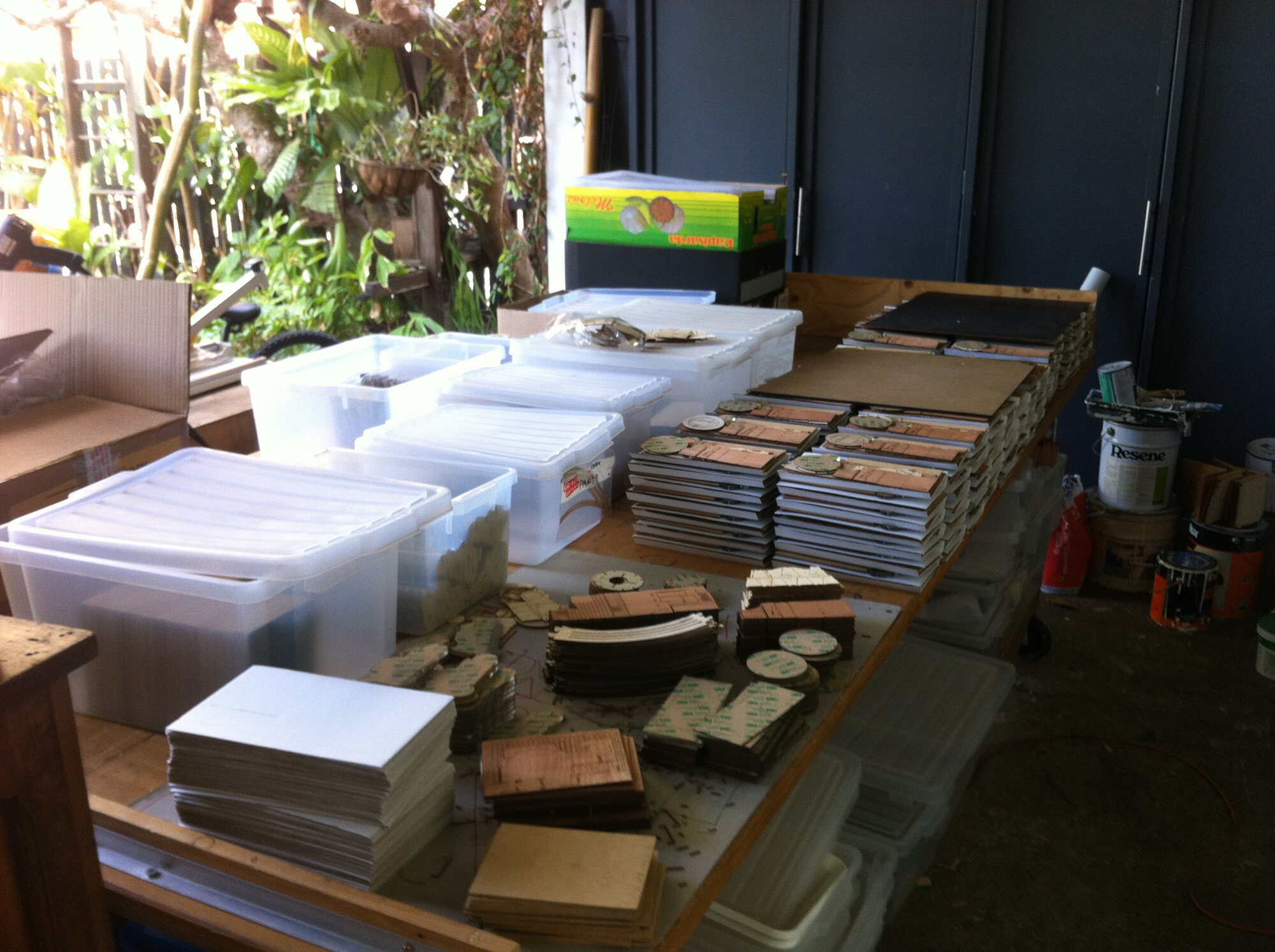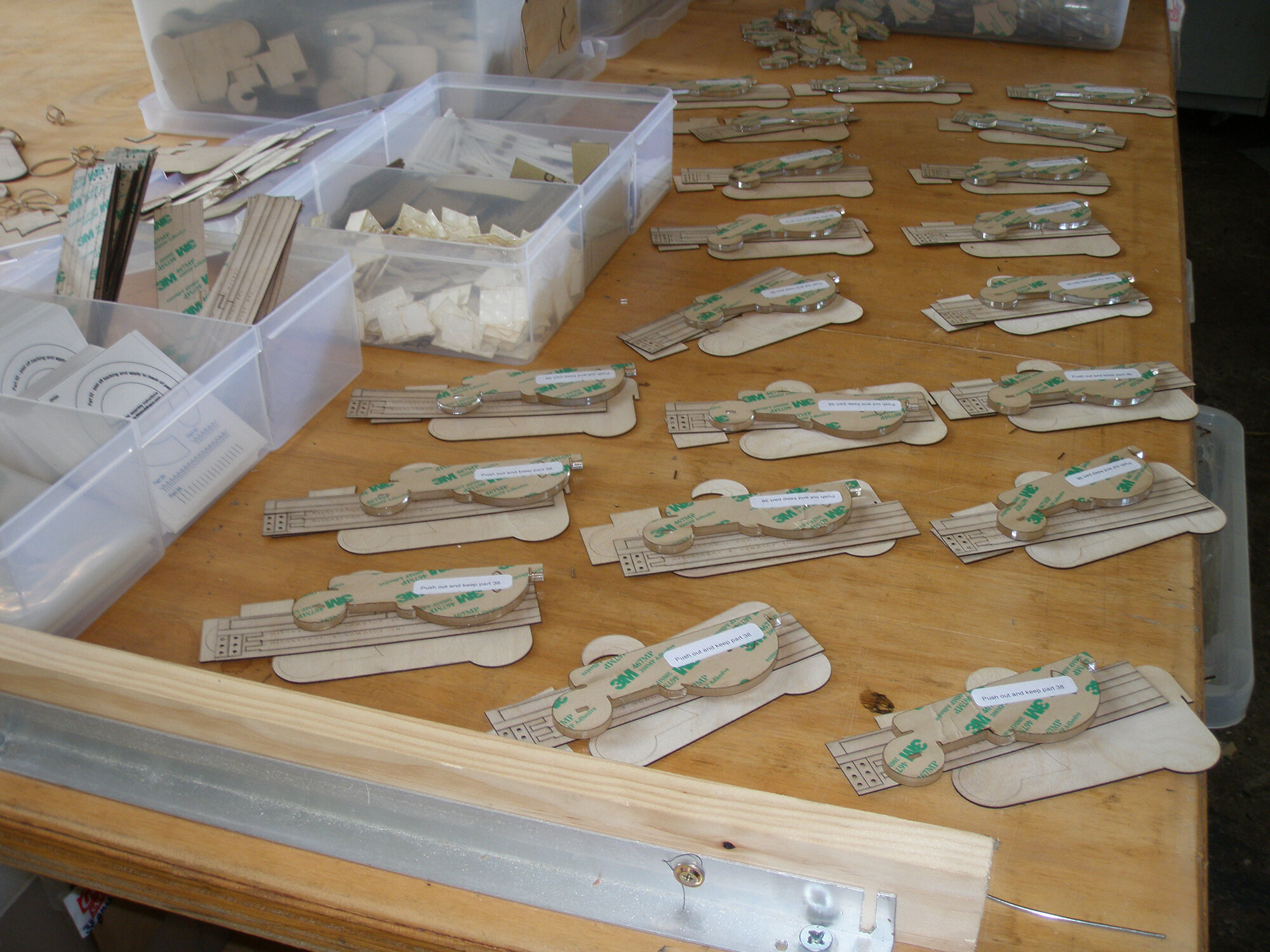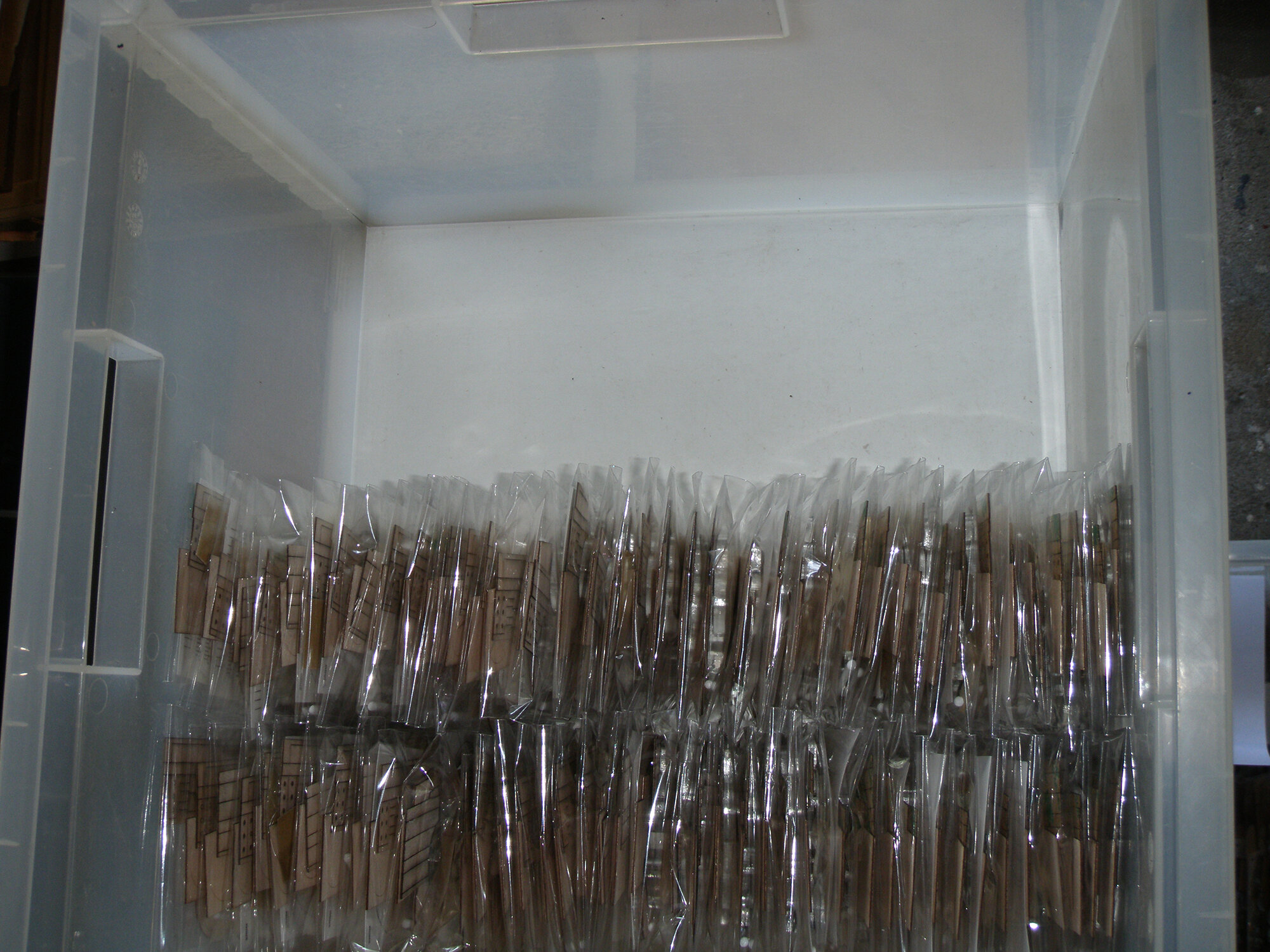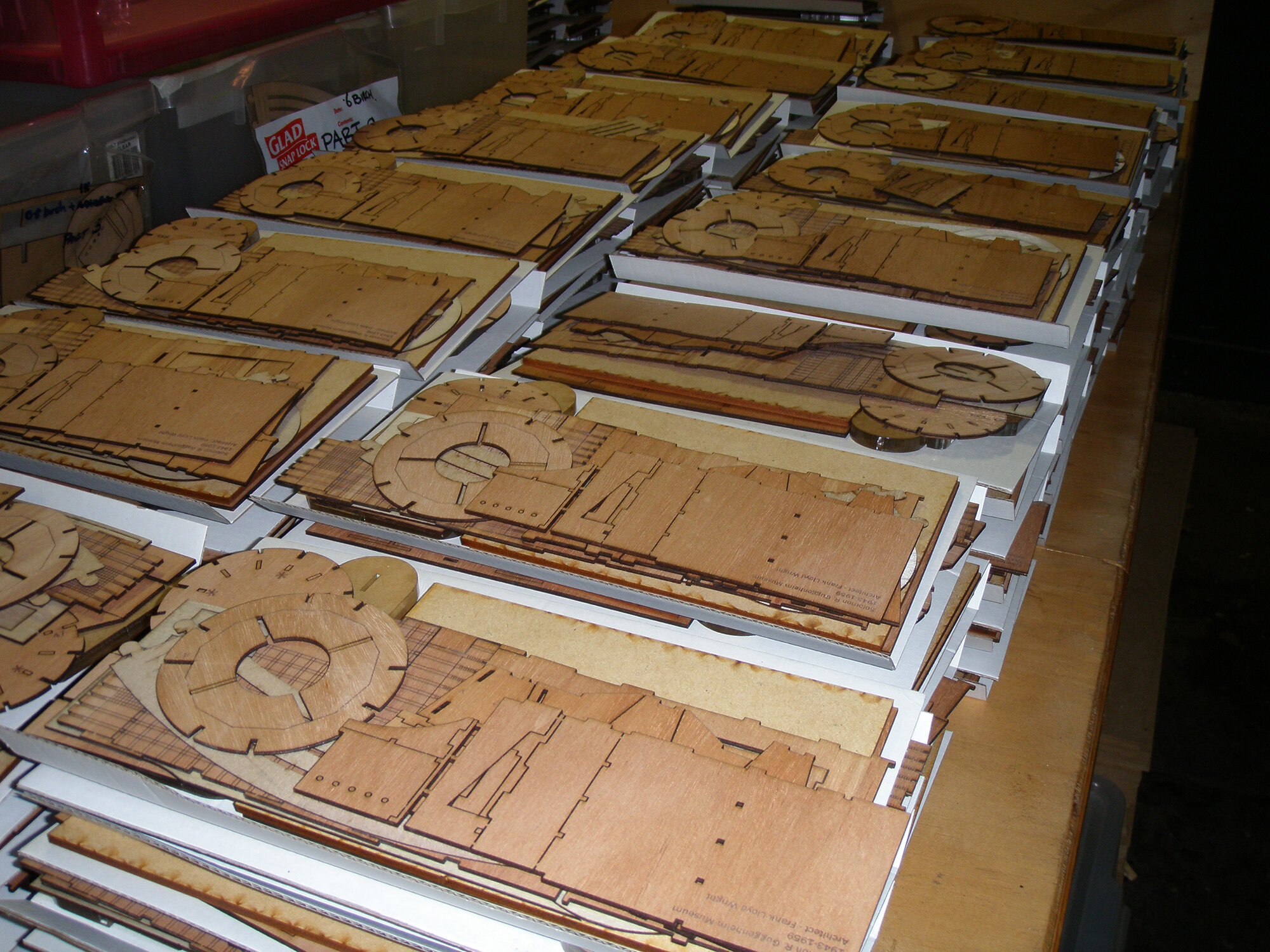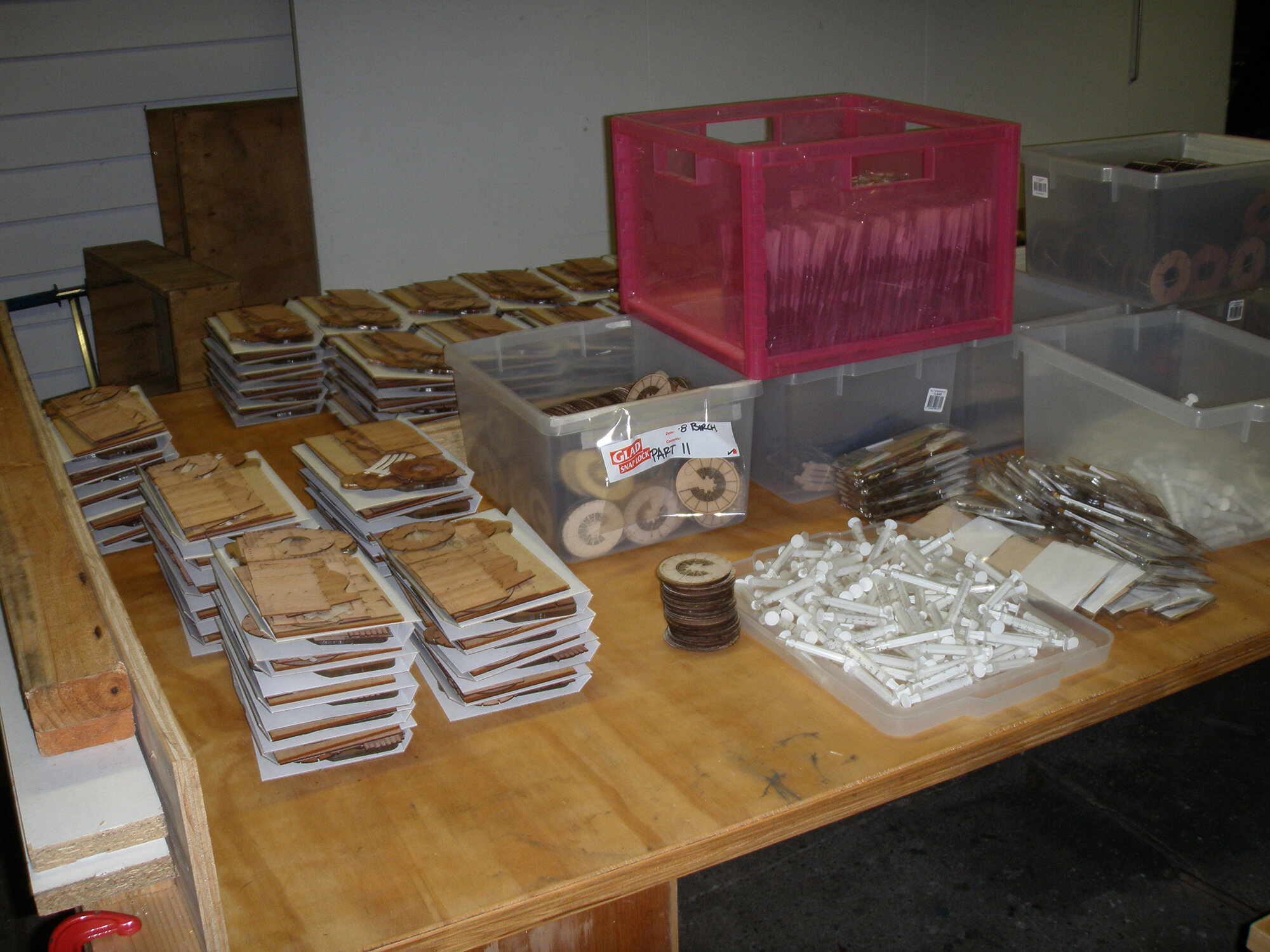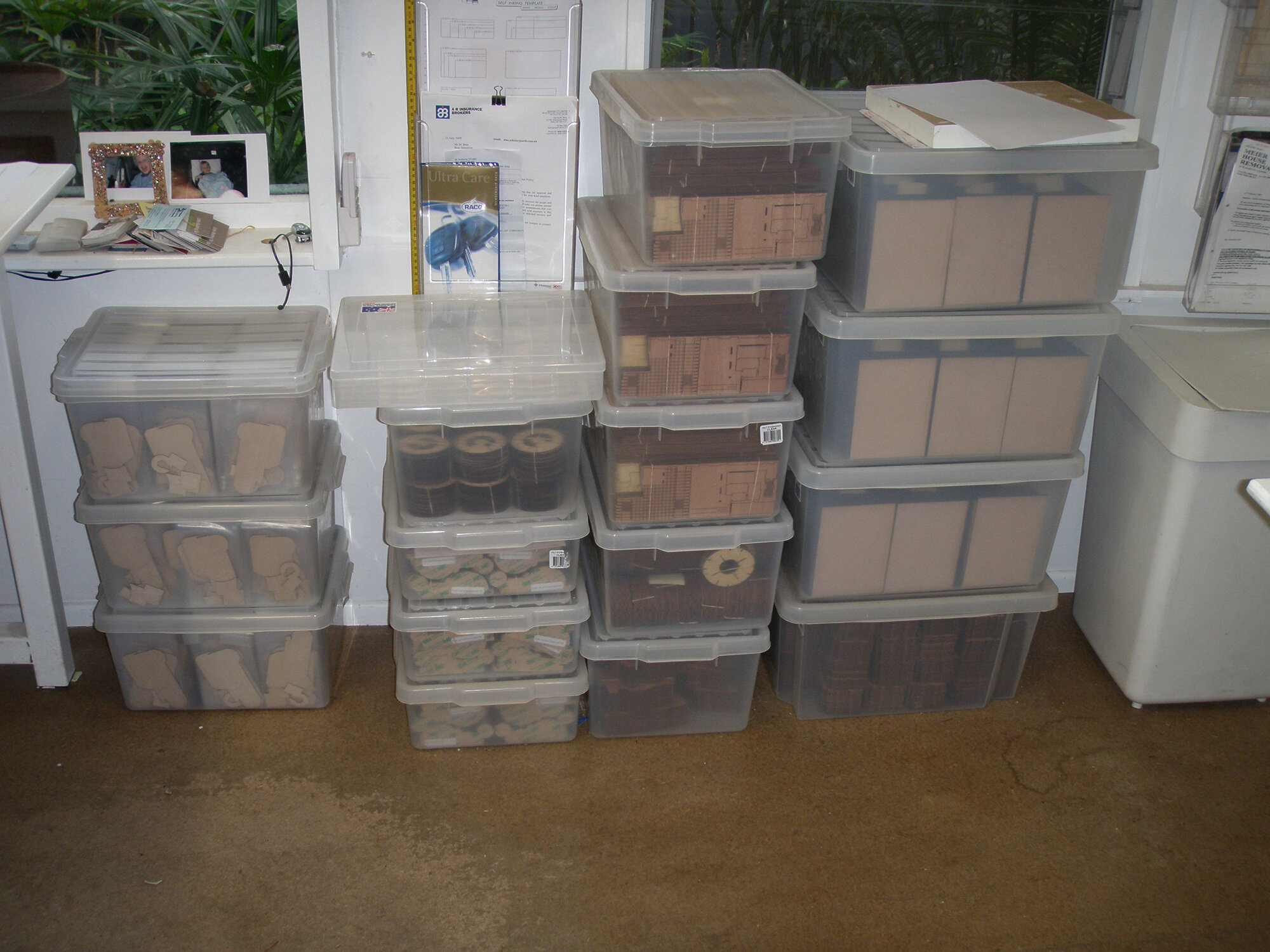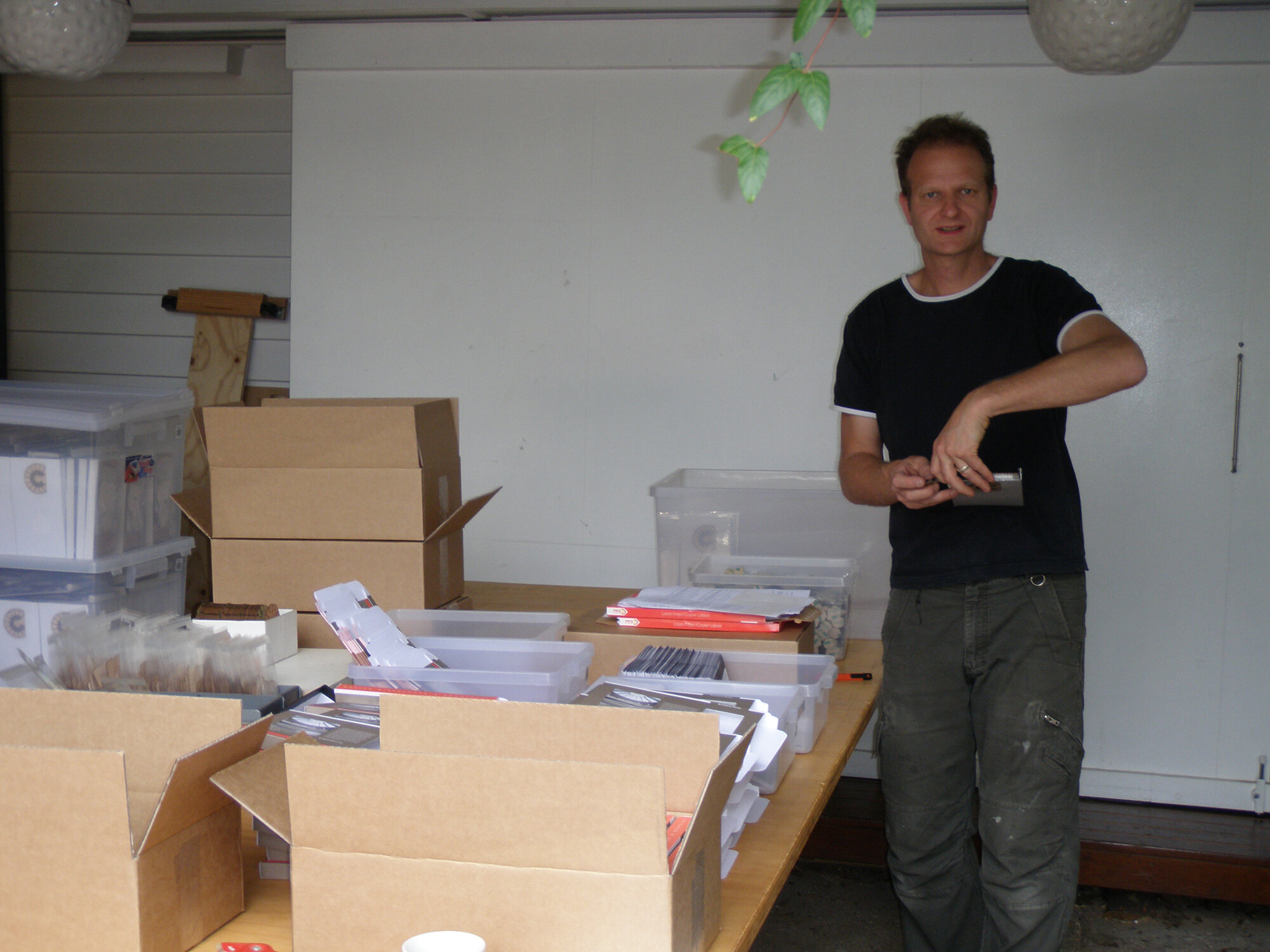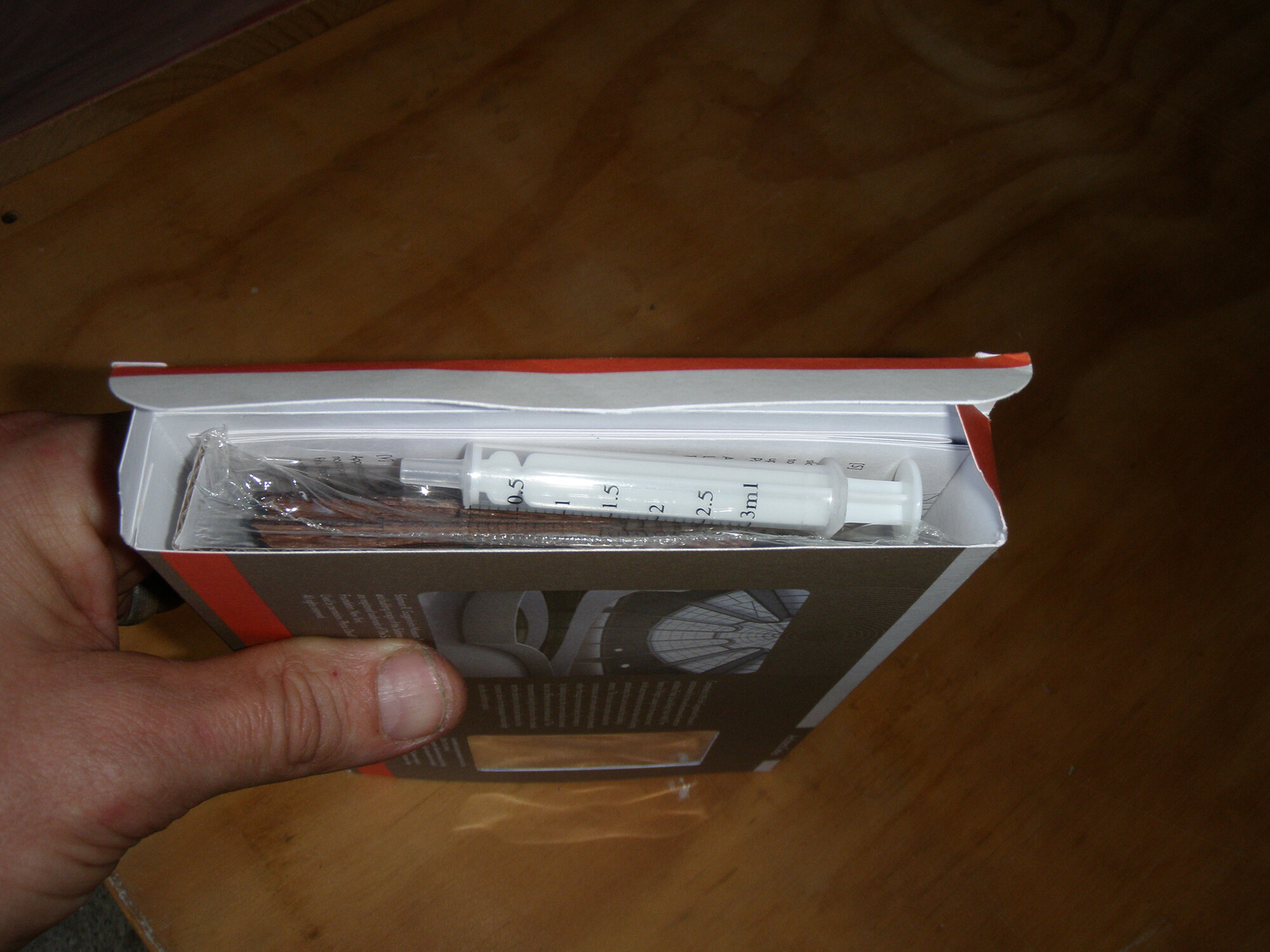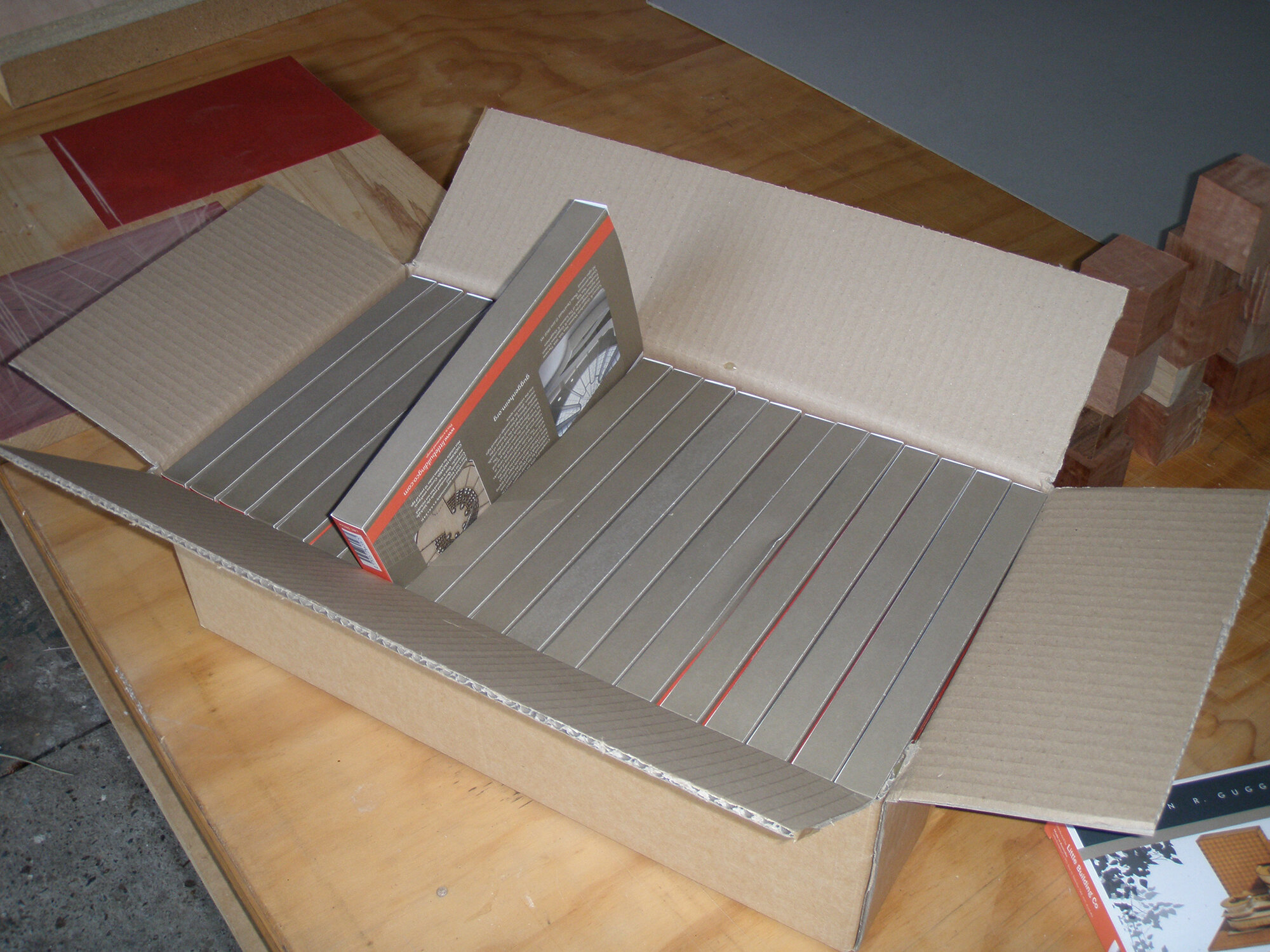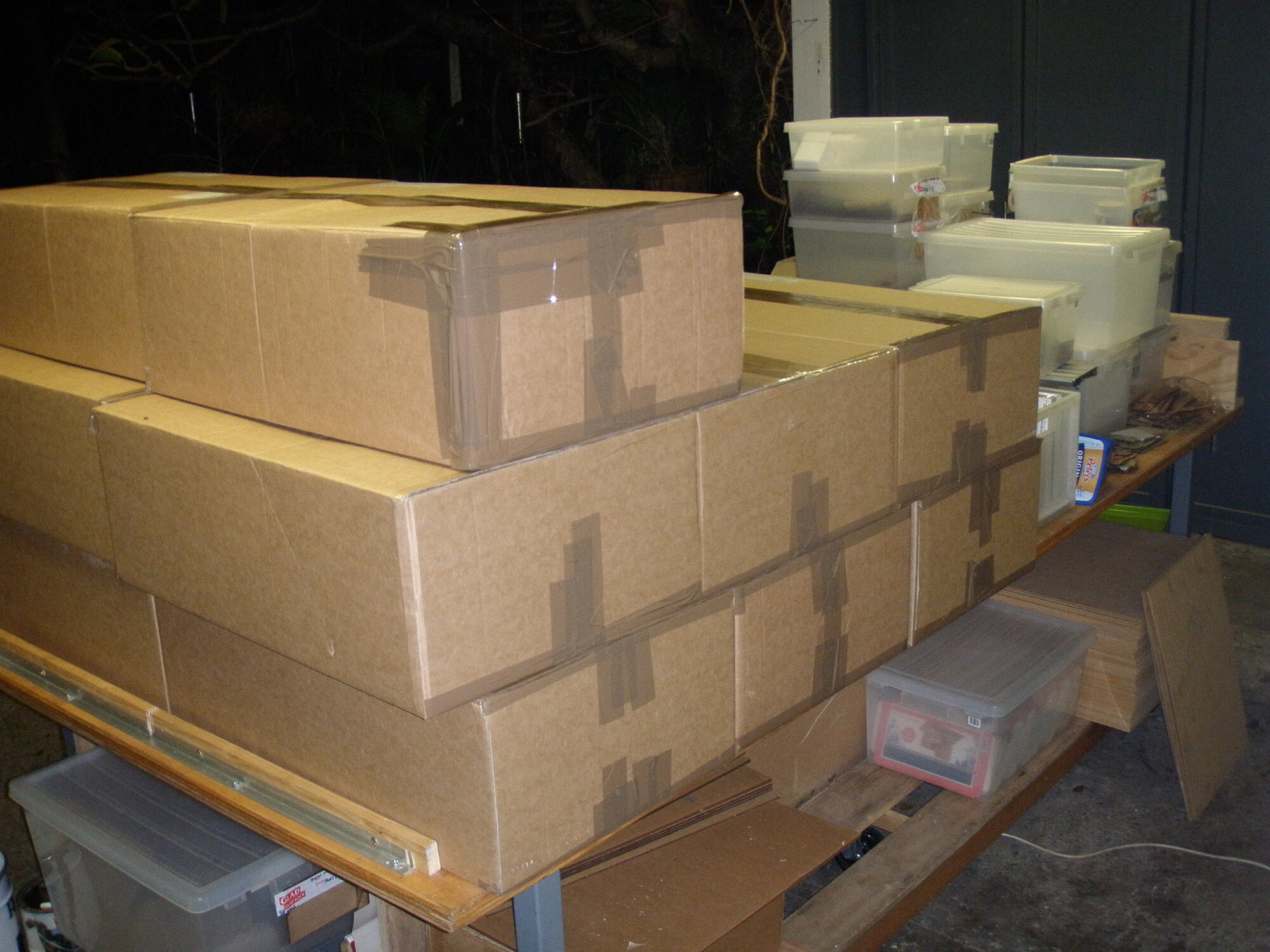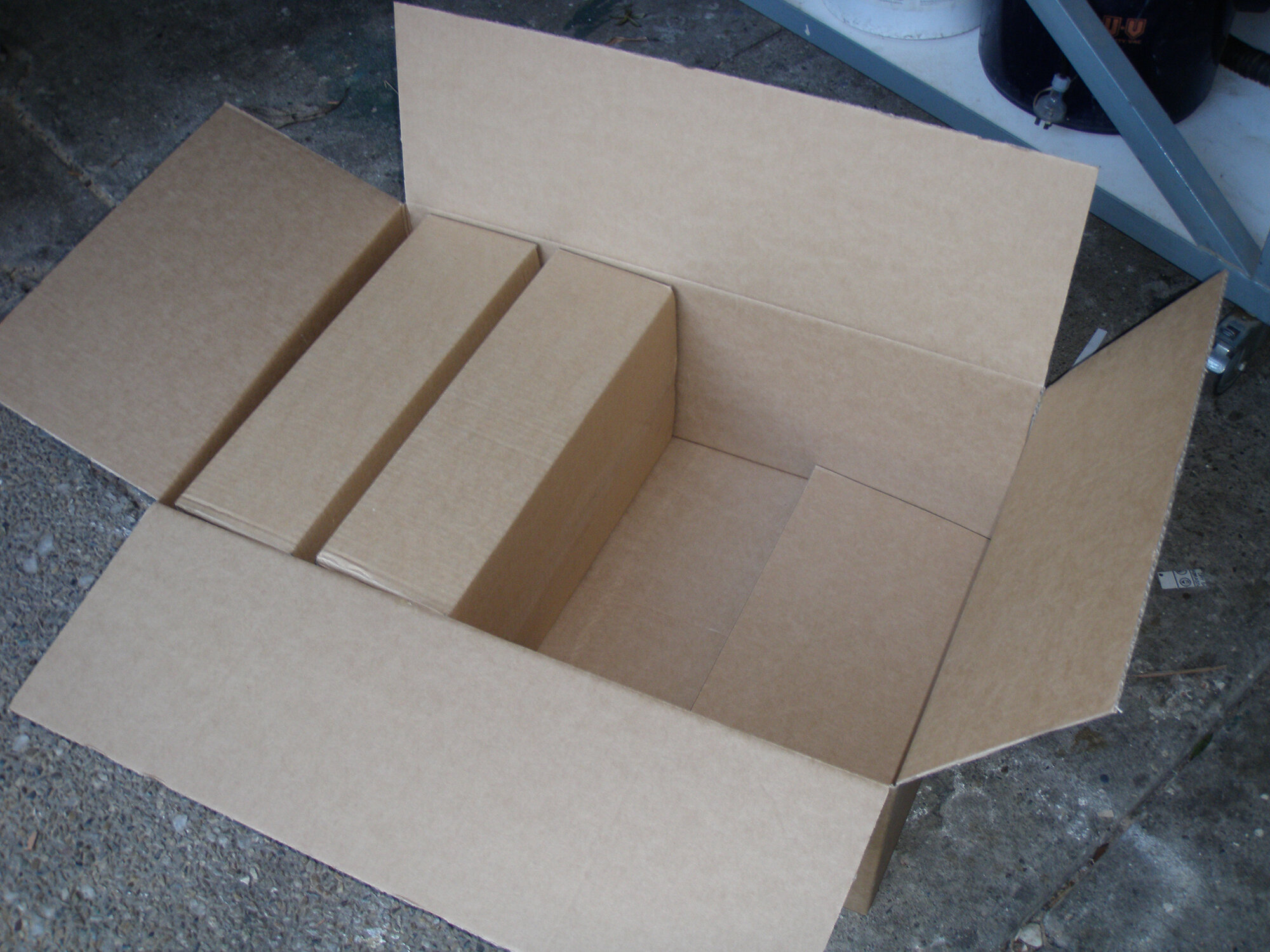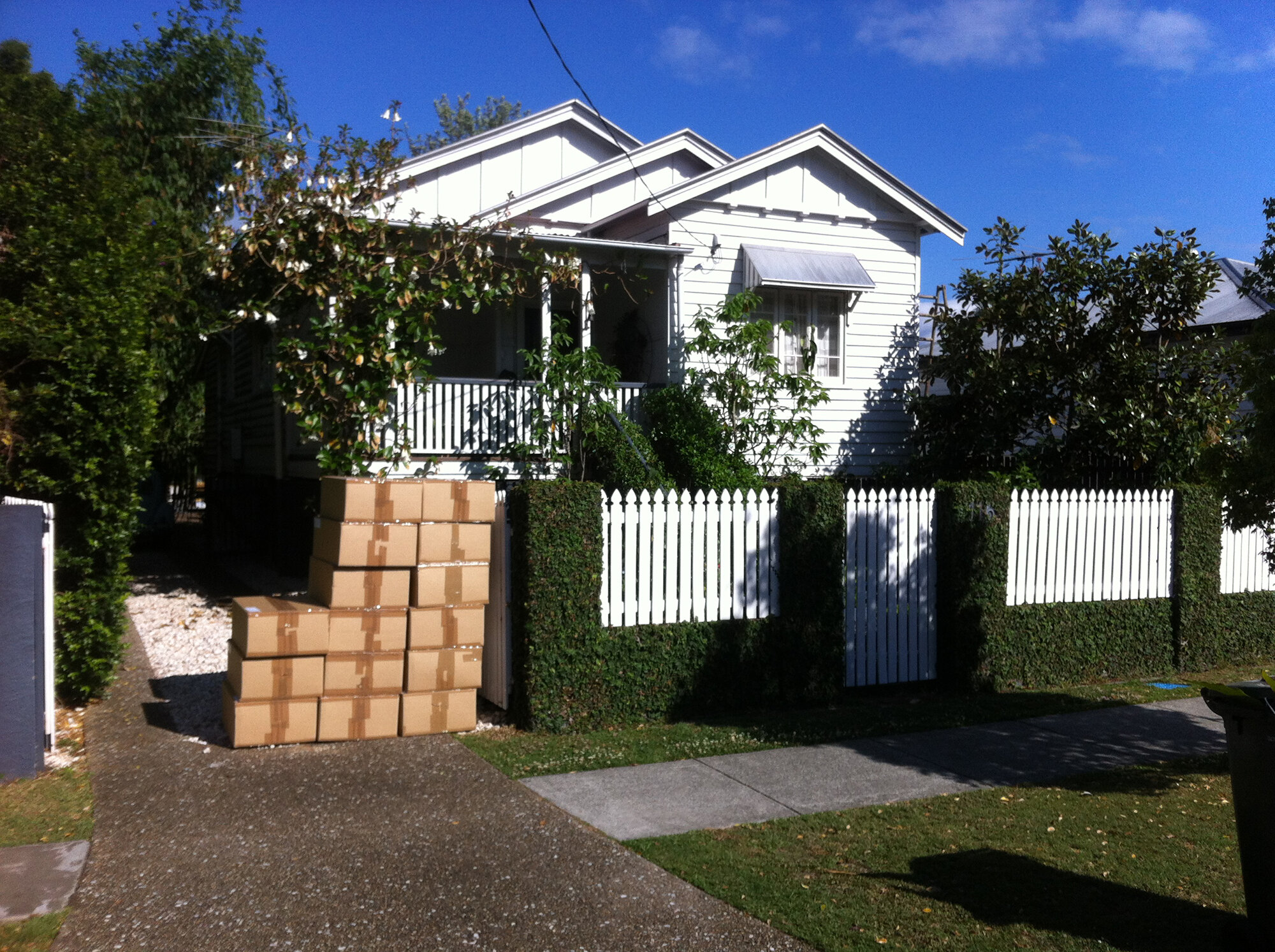Solomon R. Guggenheim Museum - Model Development
I’m putting this page together now in 2020 some 12 years after I started developing this model. It was a twist of fate that one of my Queenslander Classic models ended up on the desk of Karen Meyerhoff the Managing Director of Business Development at the Guggenheim Museum in New York.
In 2008 when I started developing my model I didn’t document my work quite as well as I do now. I do however keep my development work so this has given me the opportunity to drag out the cardboard box, revisit and photograph some of the structures. The development of the model took about 6/8 months and 3 years later my model was on the shelf in the Guggenheim store. An overnight success, I’d made it! On the big day my model went on sale I was unblocking my sewer pipe! Something I get to do every 18 months due to some aggressive tree roots. This task would coincide with repeat orders from Ed the Guggenheim store manager.
In the first week team Little Building Co outsold the Lego model 56 to 54. I never really saw the Lego model as competition although it was a bit depressing when it came out 6 months before my product hit the shelves. The Lego model has come and gone…come back again and gone again (I’m not sure if its currently available, head to E bay if that’s what your after. ). Our model has been modified and improved over the years. It has consistently been a best seller for the Guggenheim store year in year out.
Carefully filed development work that’s kept in storage
While I love Frank Lloyd Wrights work, I’m not really a fan of all the applied decoration and plant references etc. I personally prefer the overall design approach of Mies van der Rohe. What I like in Frank Lloyd Wrights work is his planning and ability to articulate space, in this respect I would consider him a genius. Visually the external appearance of his buildings changed over his lifetime as he moved through different phases however his attention detail in the geometry and planning of a building remained a constant.
For those of you interested in finding out some more about Frank Lloyd Wright and the Solomon R. Guggenheim Museum in New York there are some links at the bottom of this page.
Guggenheim Model Development -
Being my first model of this nature there was a steep learning curve. Designing and making one model is a challenge in itself. Designing and producing a kit of parts and explaining the process to others is a whole different thing. Add into that equation costing and manufacturing an initial order of 3000 units and it could all go horribly wrong pretty quickly.
Site images
These site images were taken by my good friend Anne. They are not your typical tourist images but they enabled me to accurately document, check and compare various features.
Production and packaging
Footnote: - links to reference material.
https://www.guggenheim.org/the-frank-lloyd-wright-building - possibly the most comprehensive and easily accessible page for building information.
https://www.guggenheim.org/plan-your-visit/guggenheim-from-home - Hear Guggenheim Staff and 99% Invisible's Roman Mars on the Museum's Architecture.
https://www.guggenheim.org/history/foundation - History of the Guggenheim Foundation
Take a virtual tour of the Guggenheim Museum on Google Arts & Culture.
https://modellandmarks.com/products/solomon-r-guggenheim-museum - if you live in the USA please purchase your Guggenheim model here.

